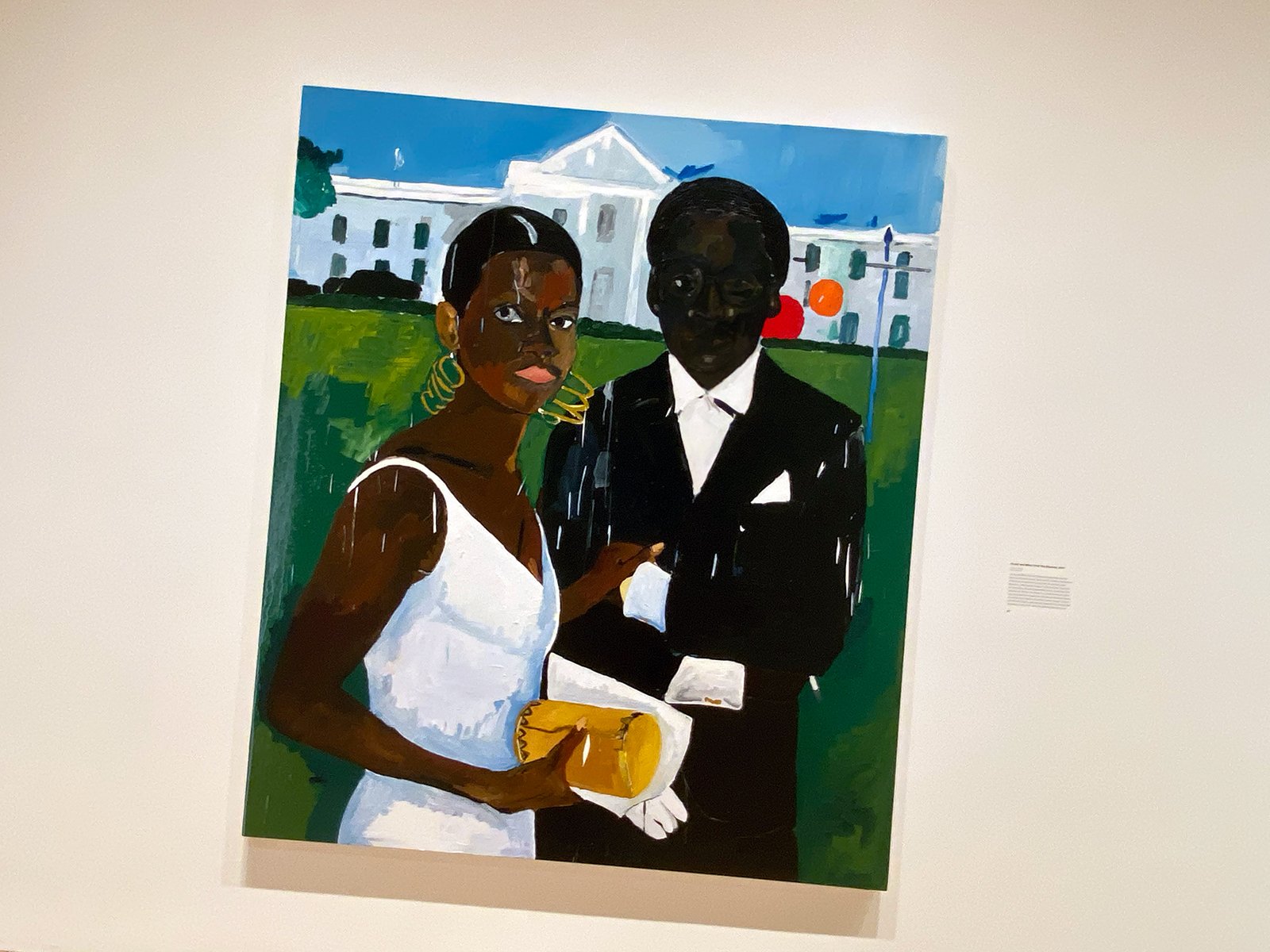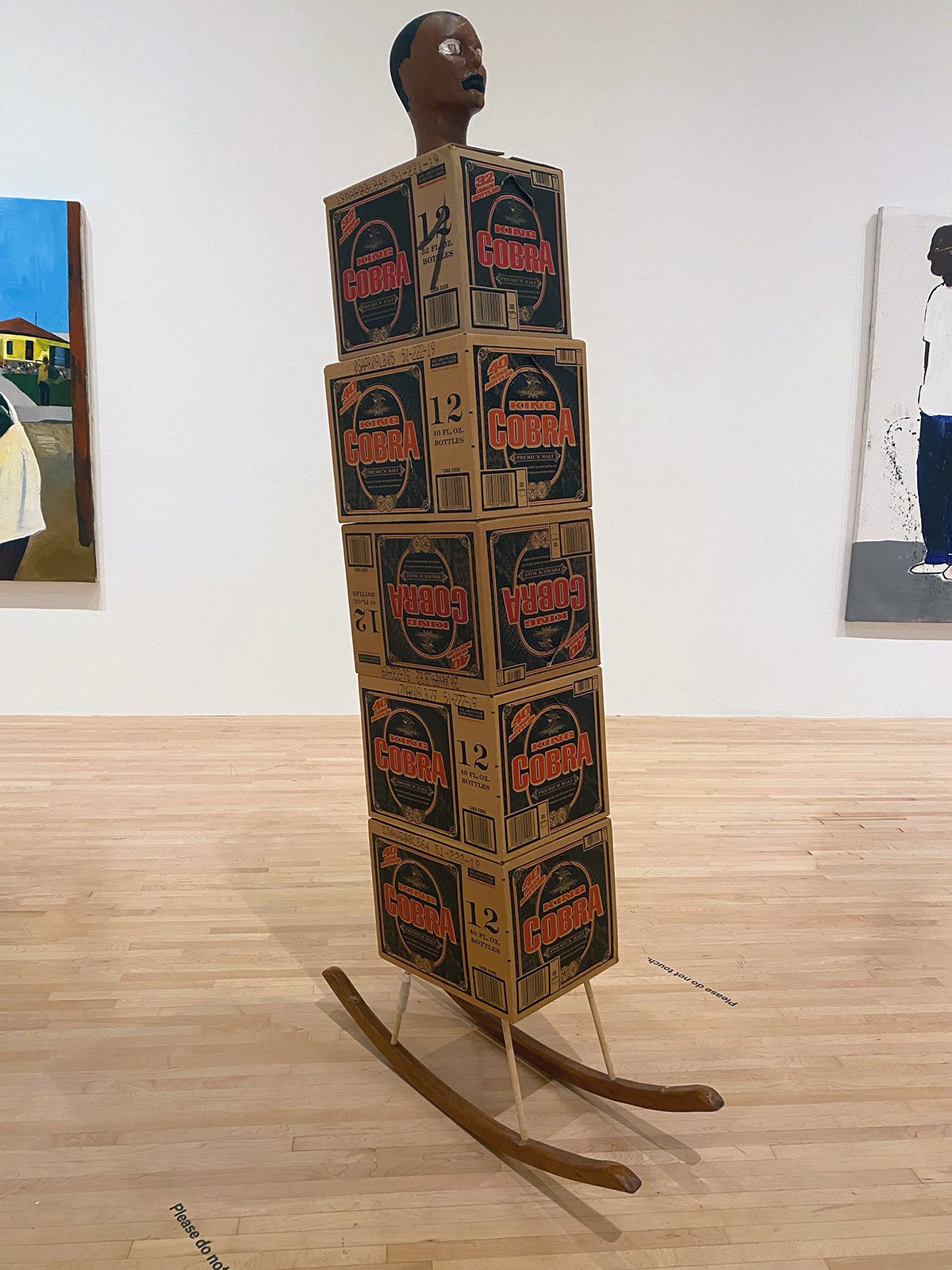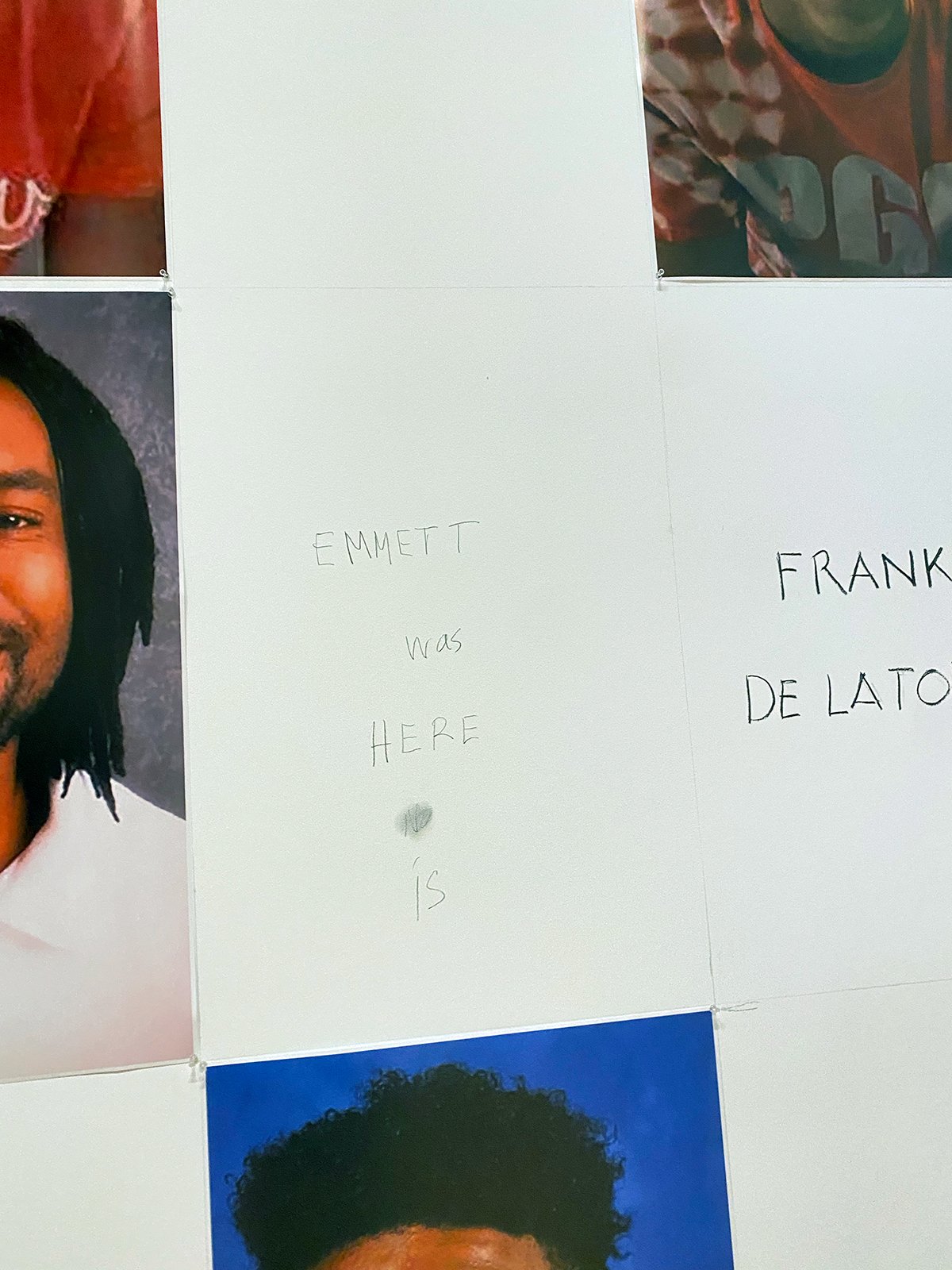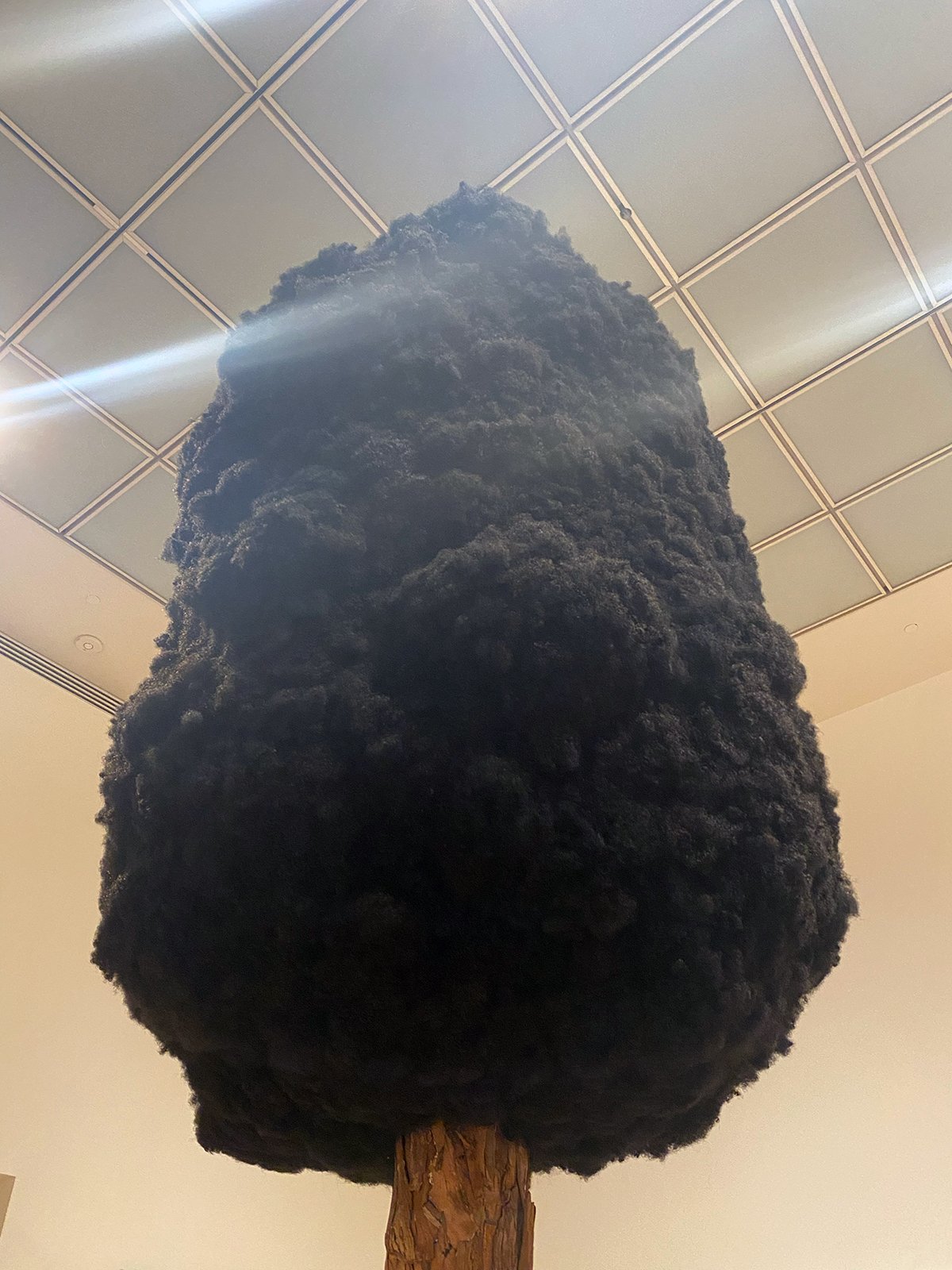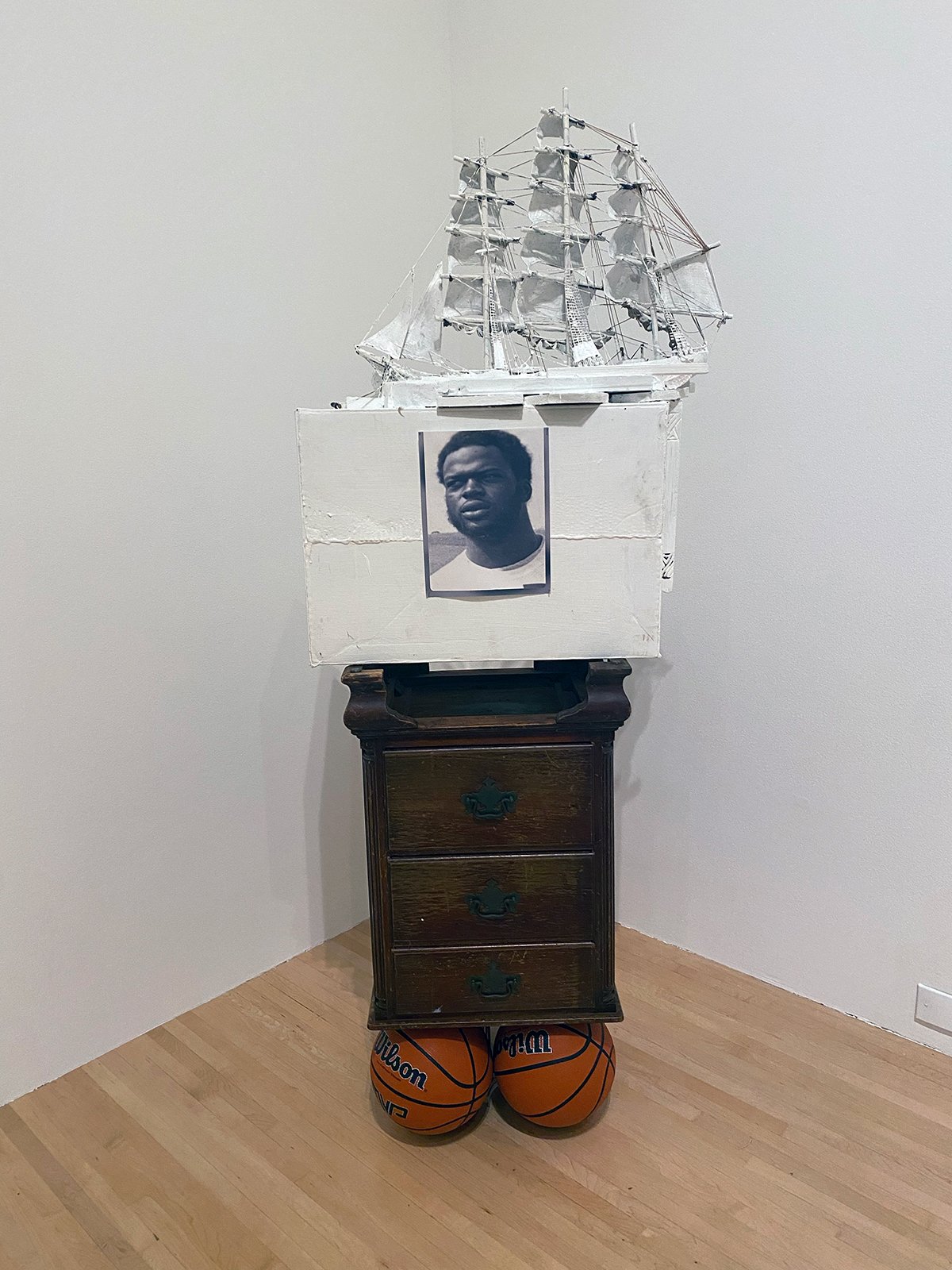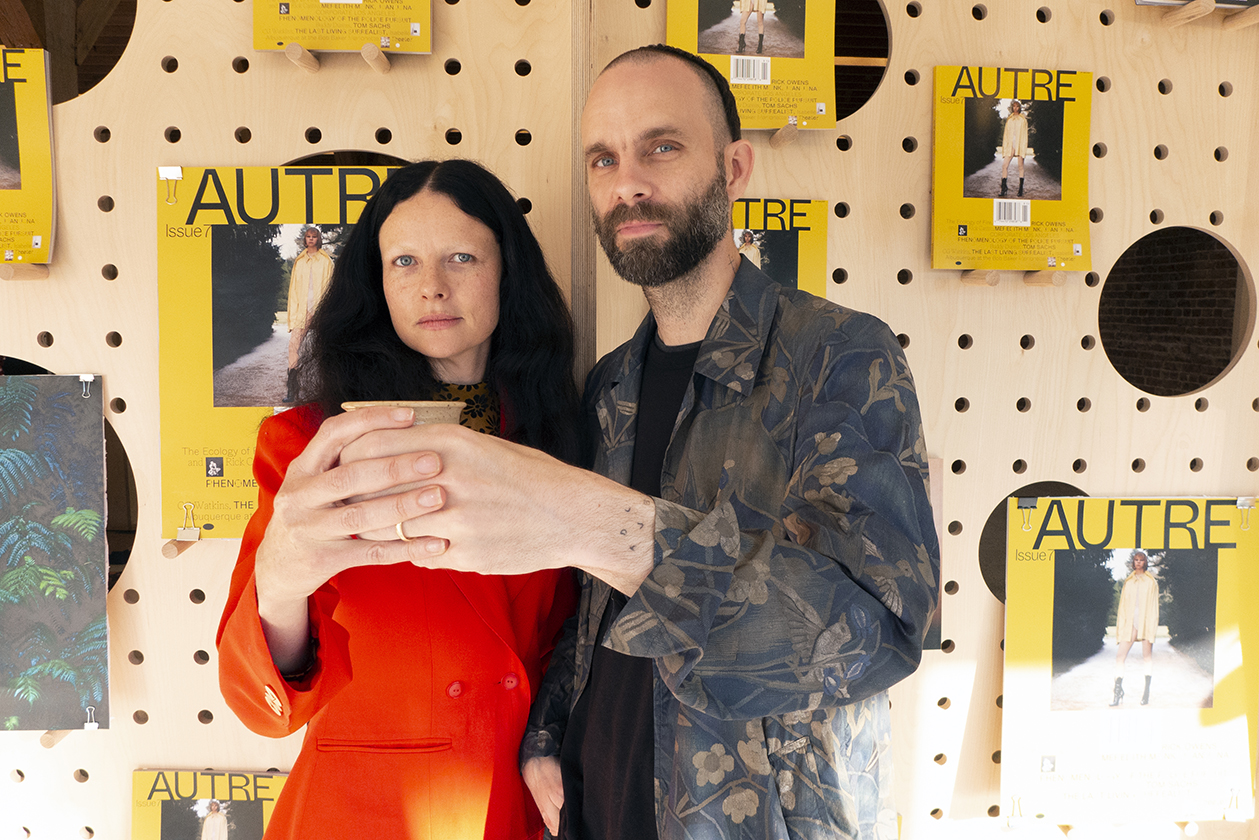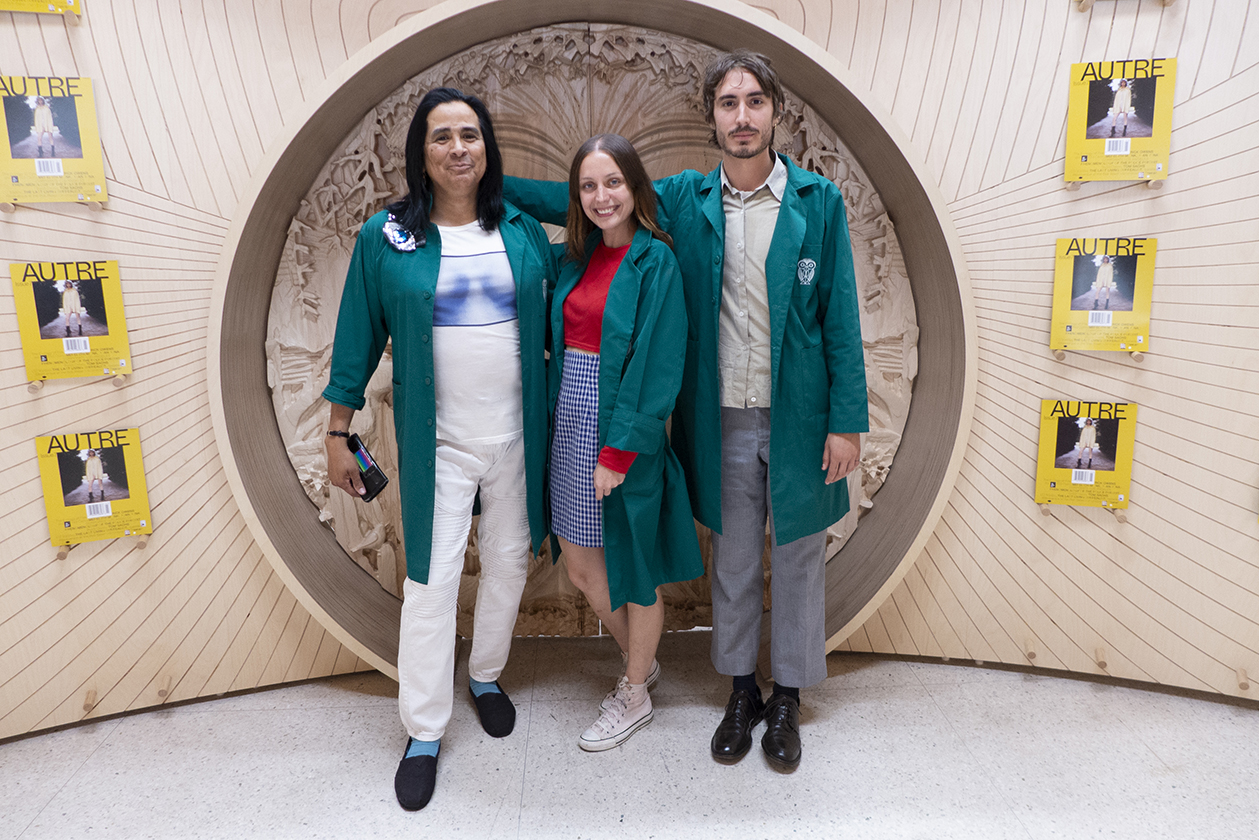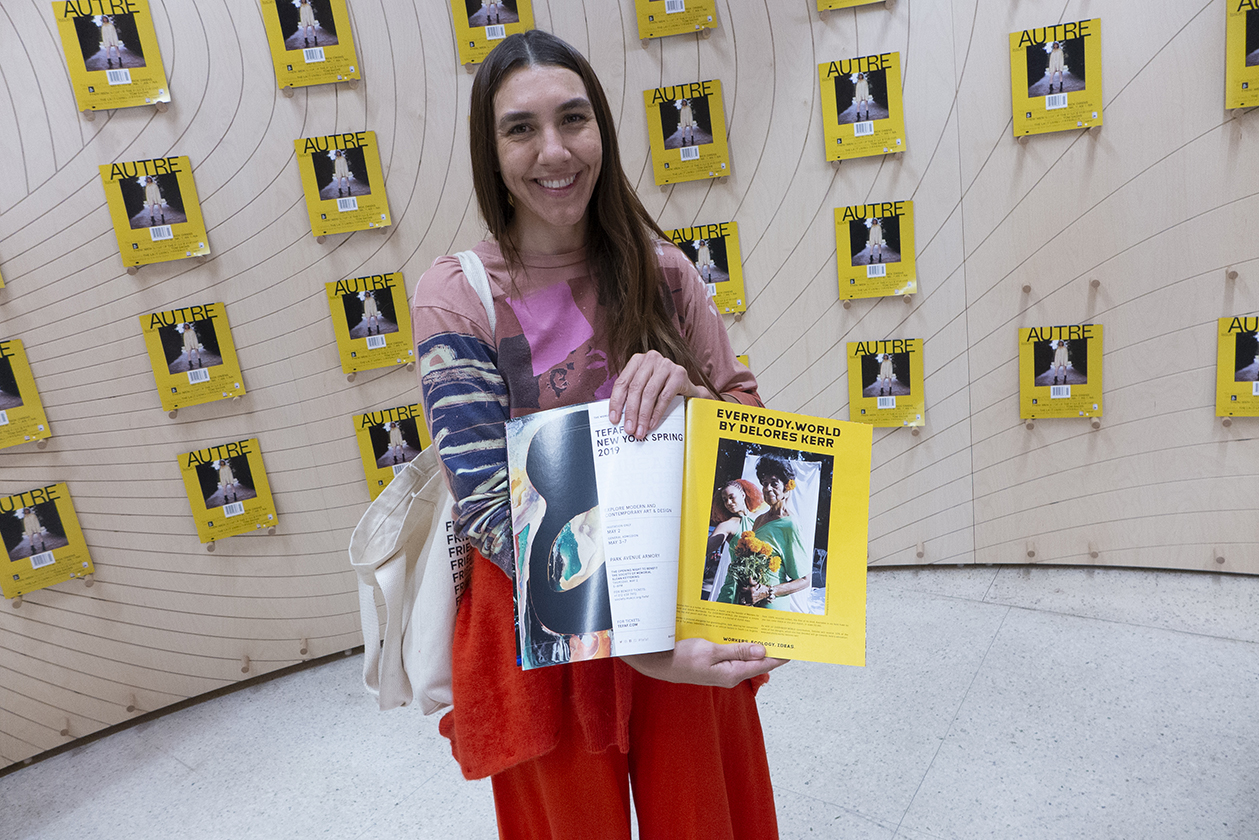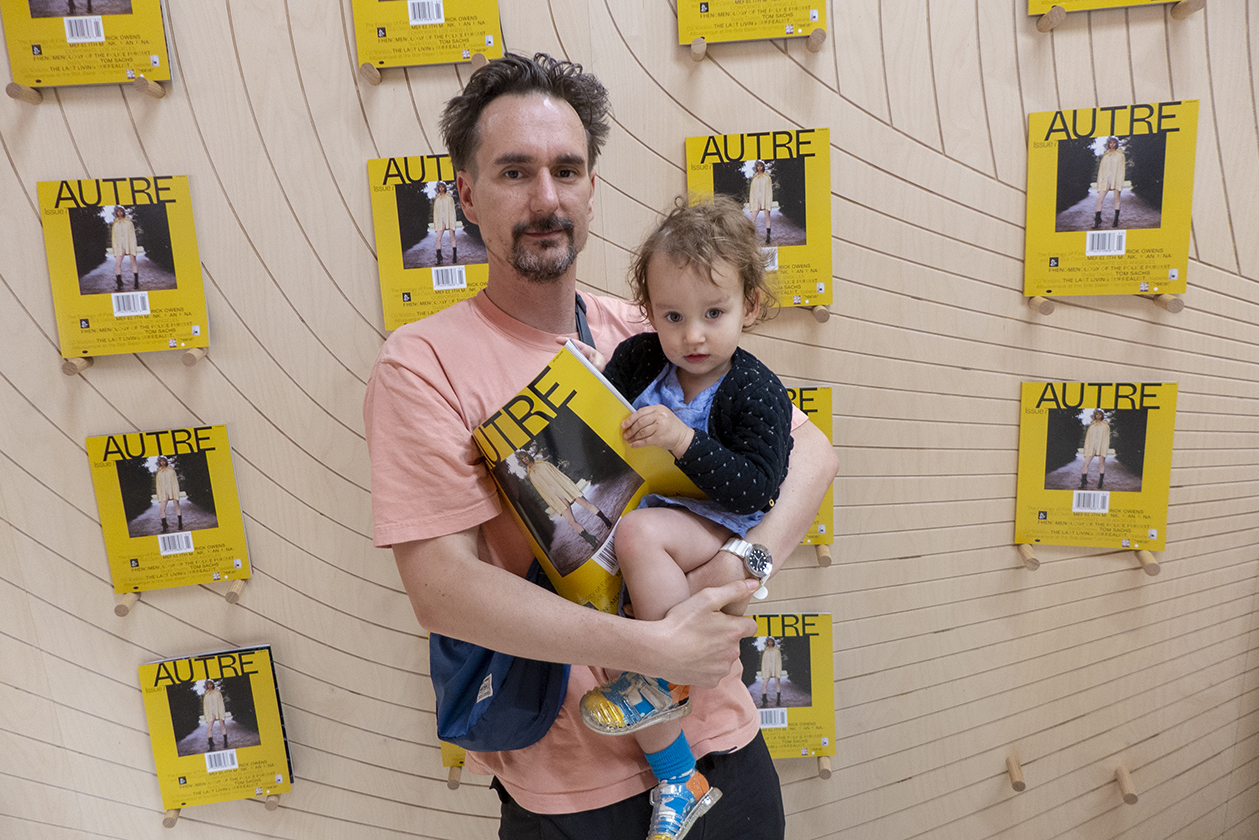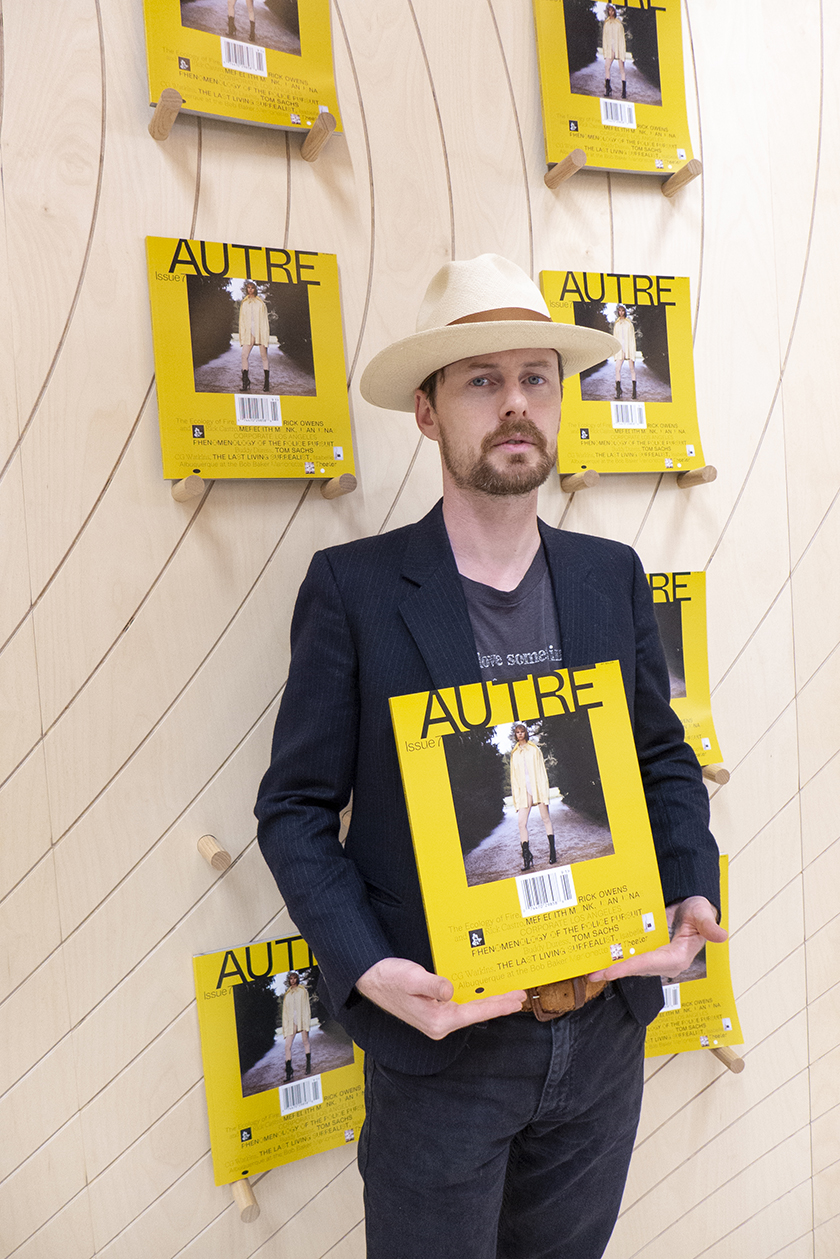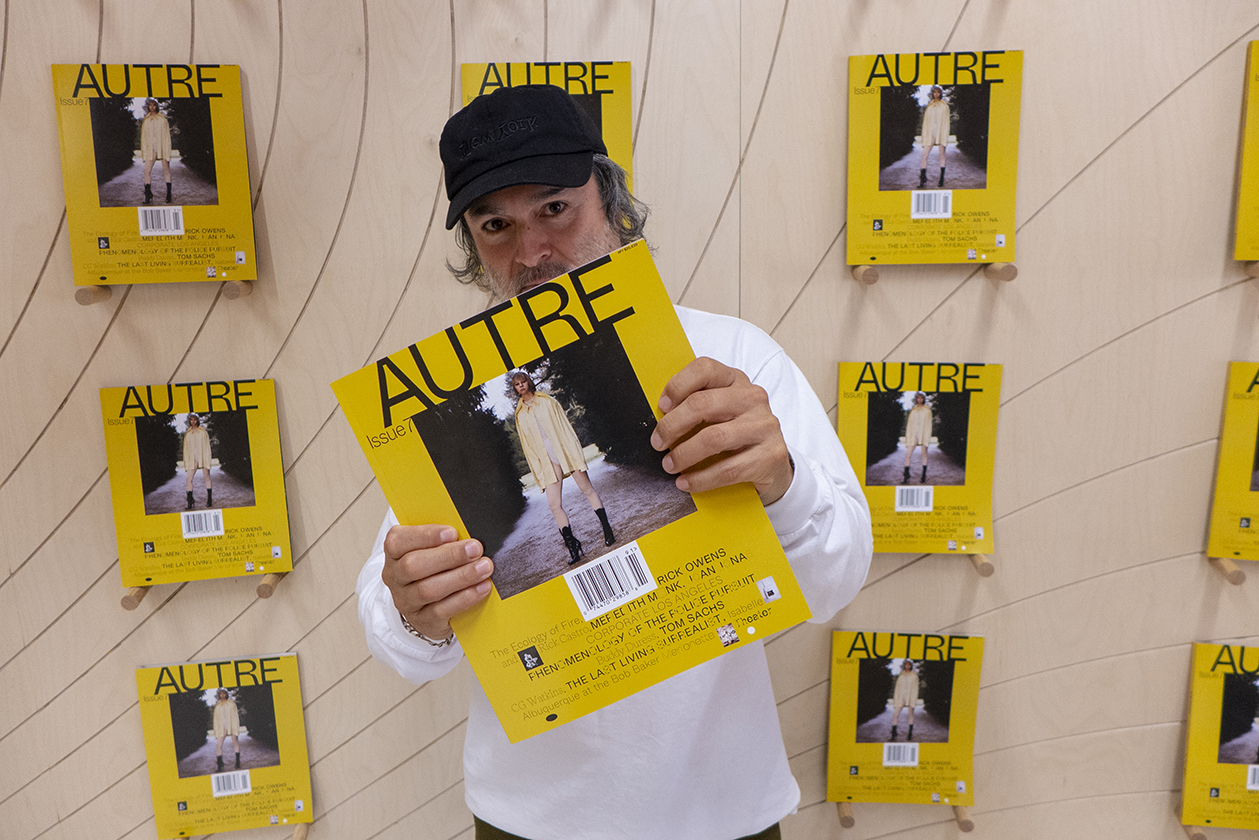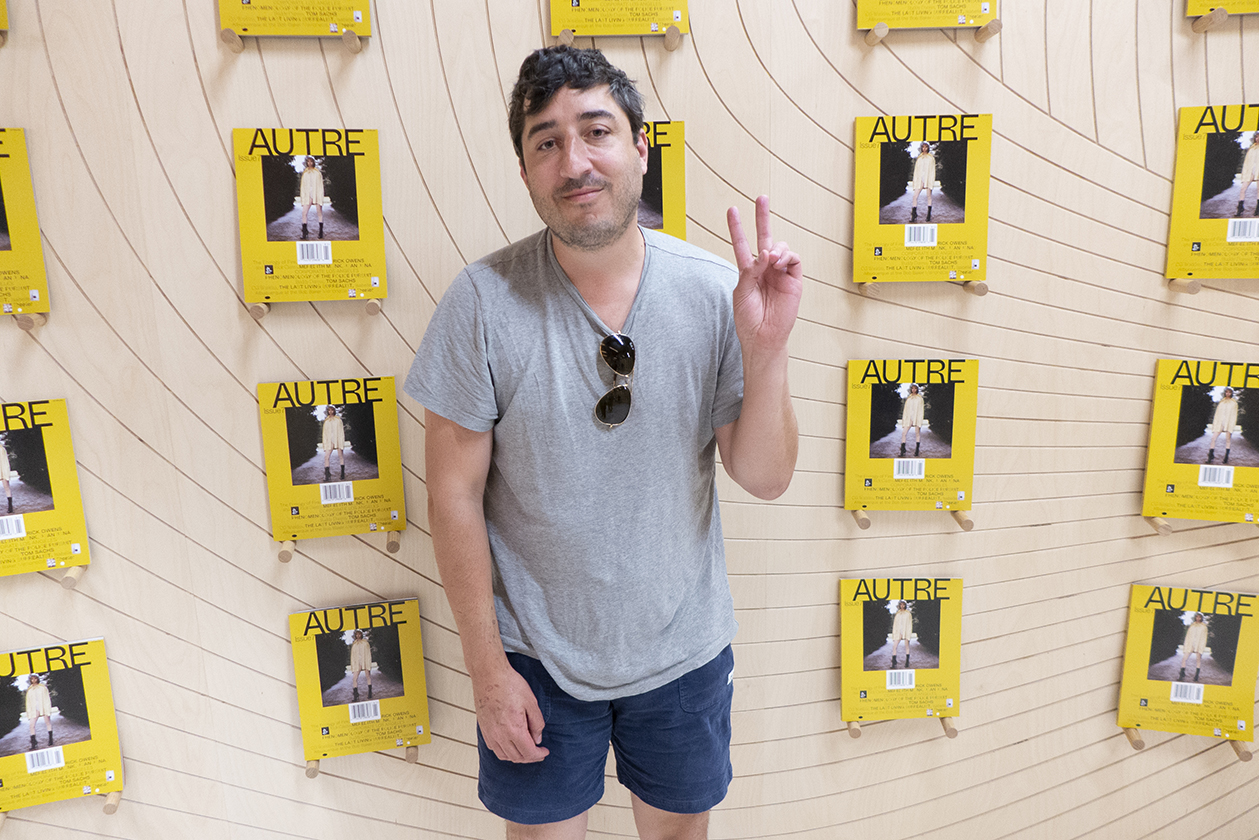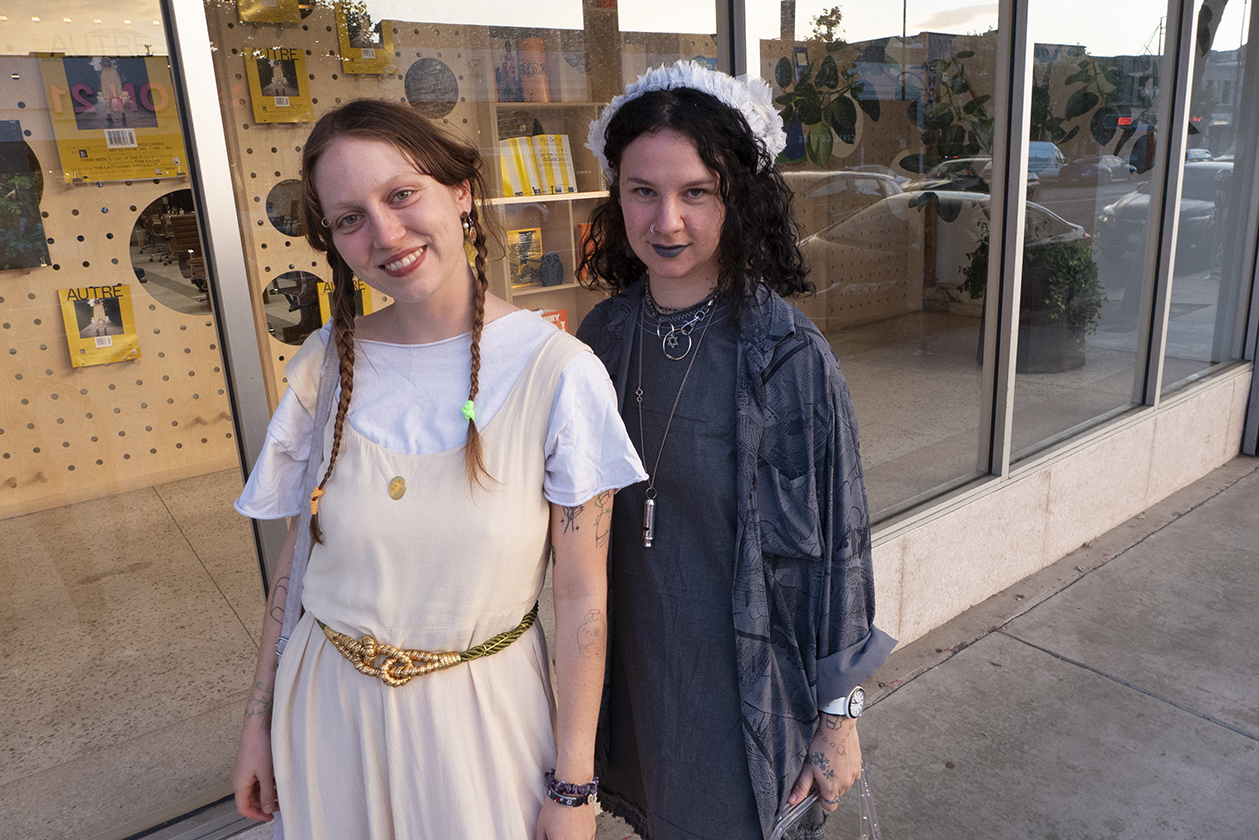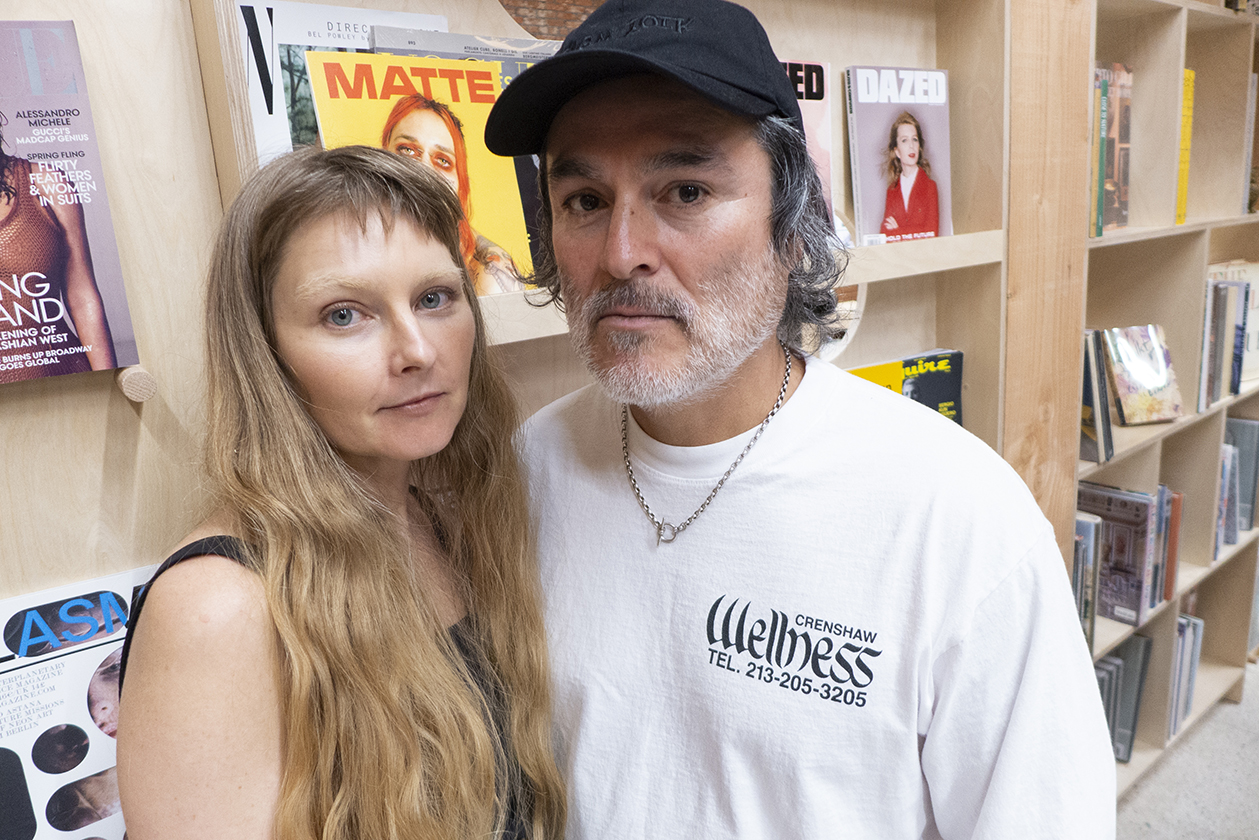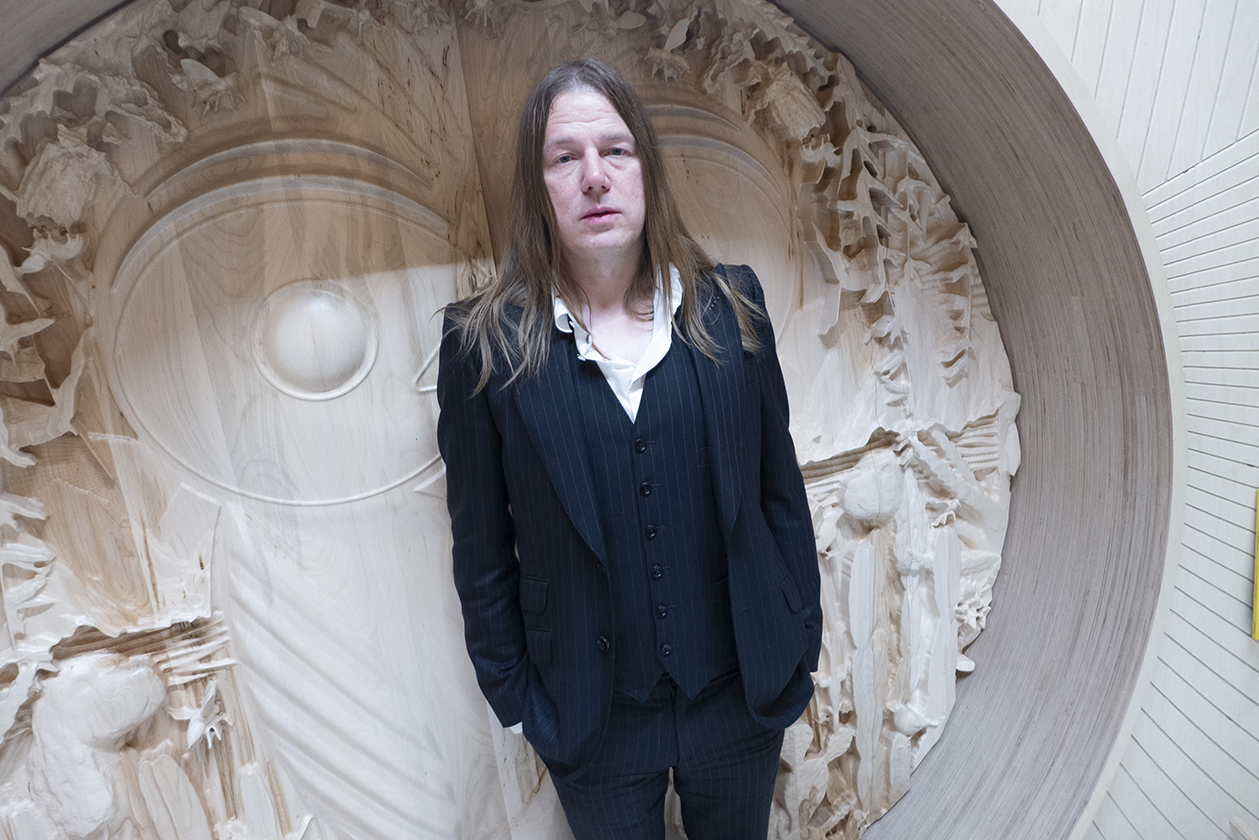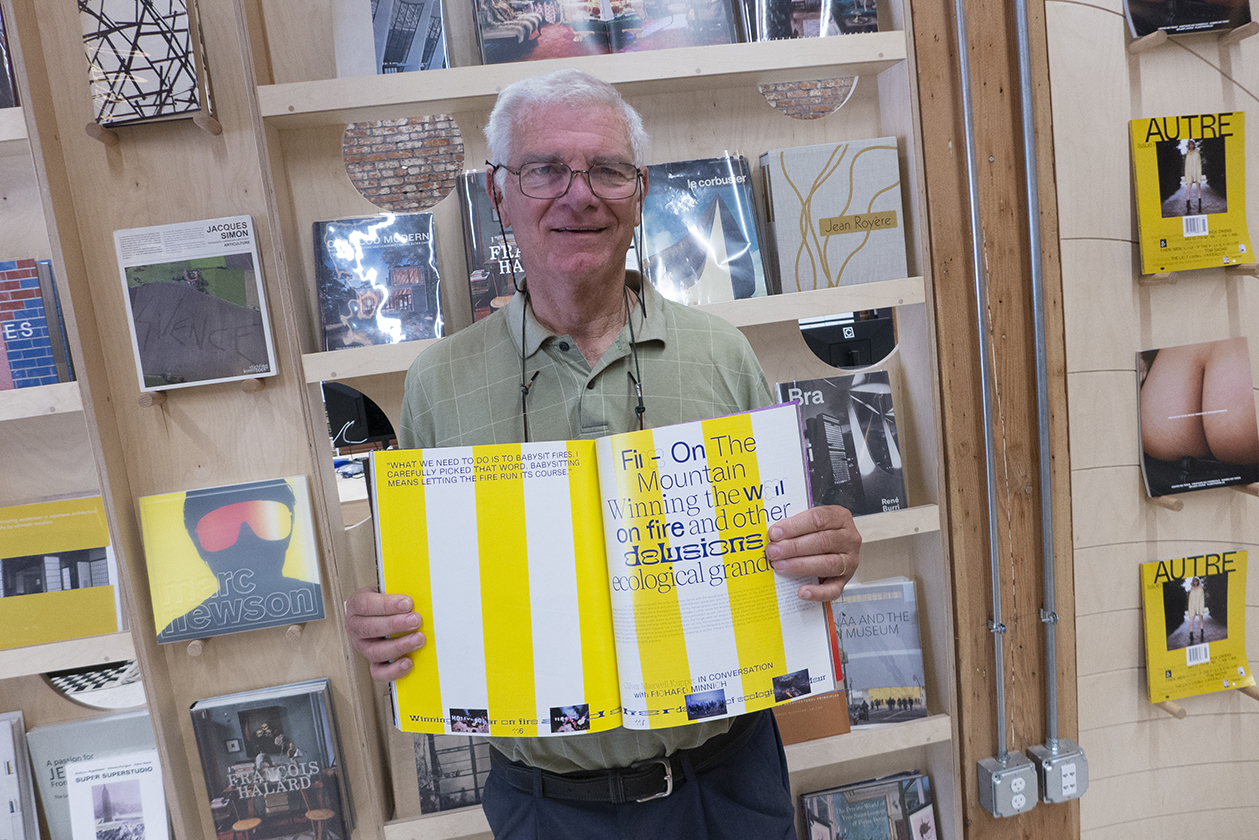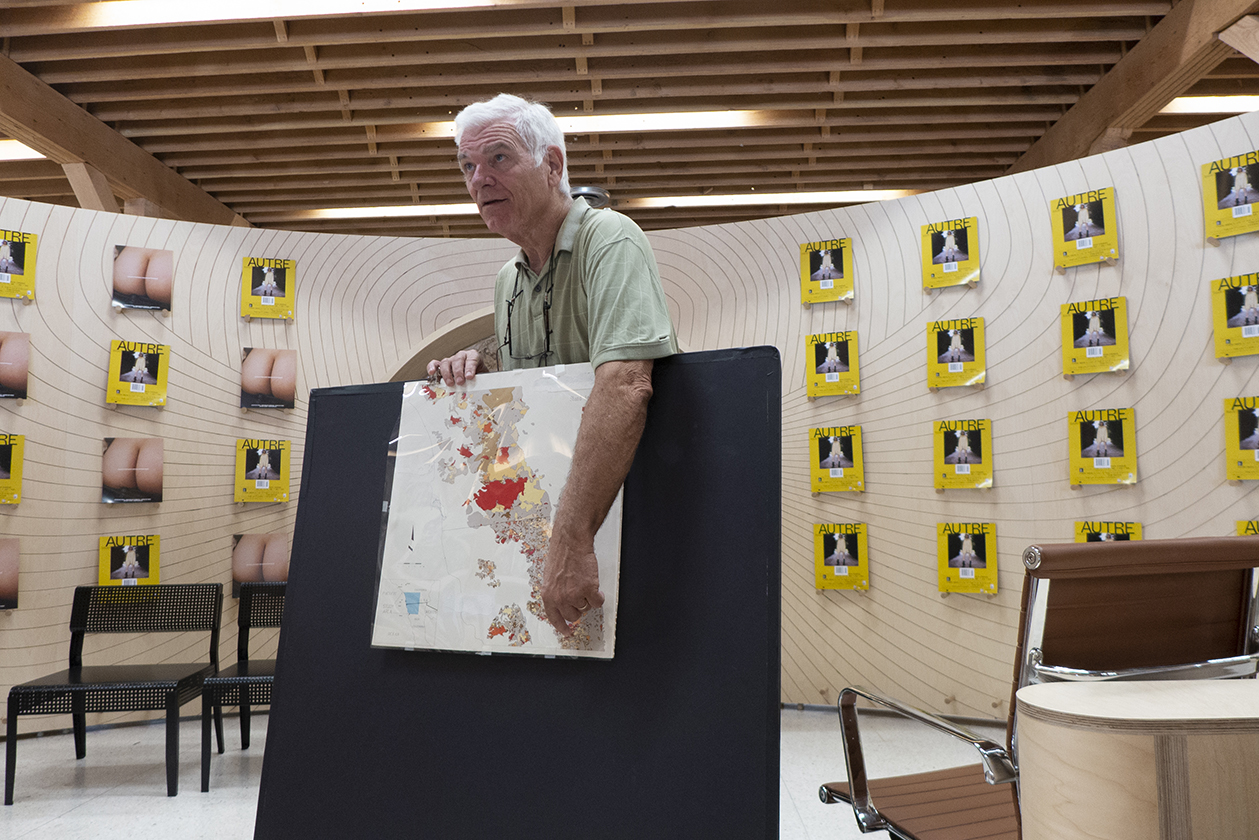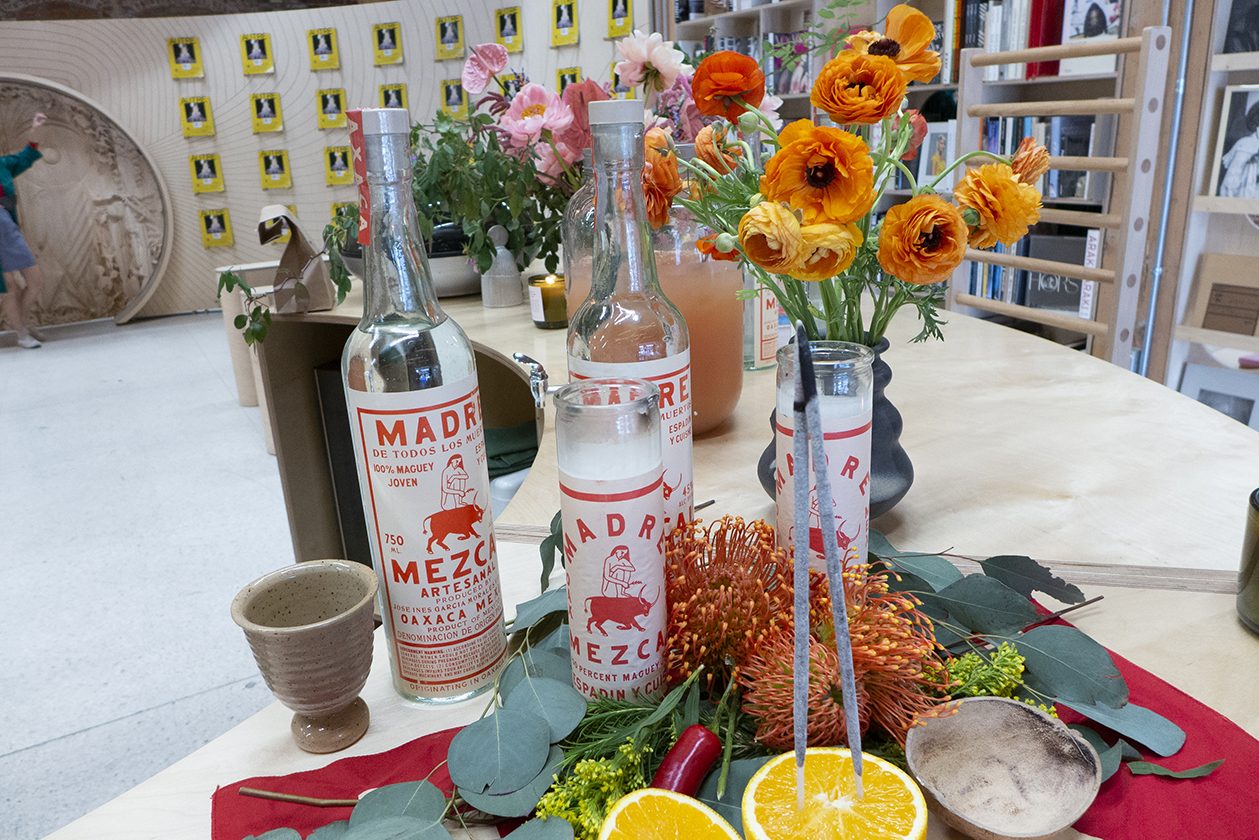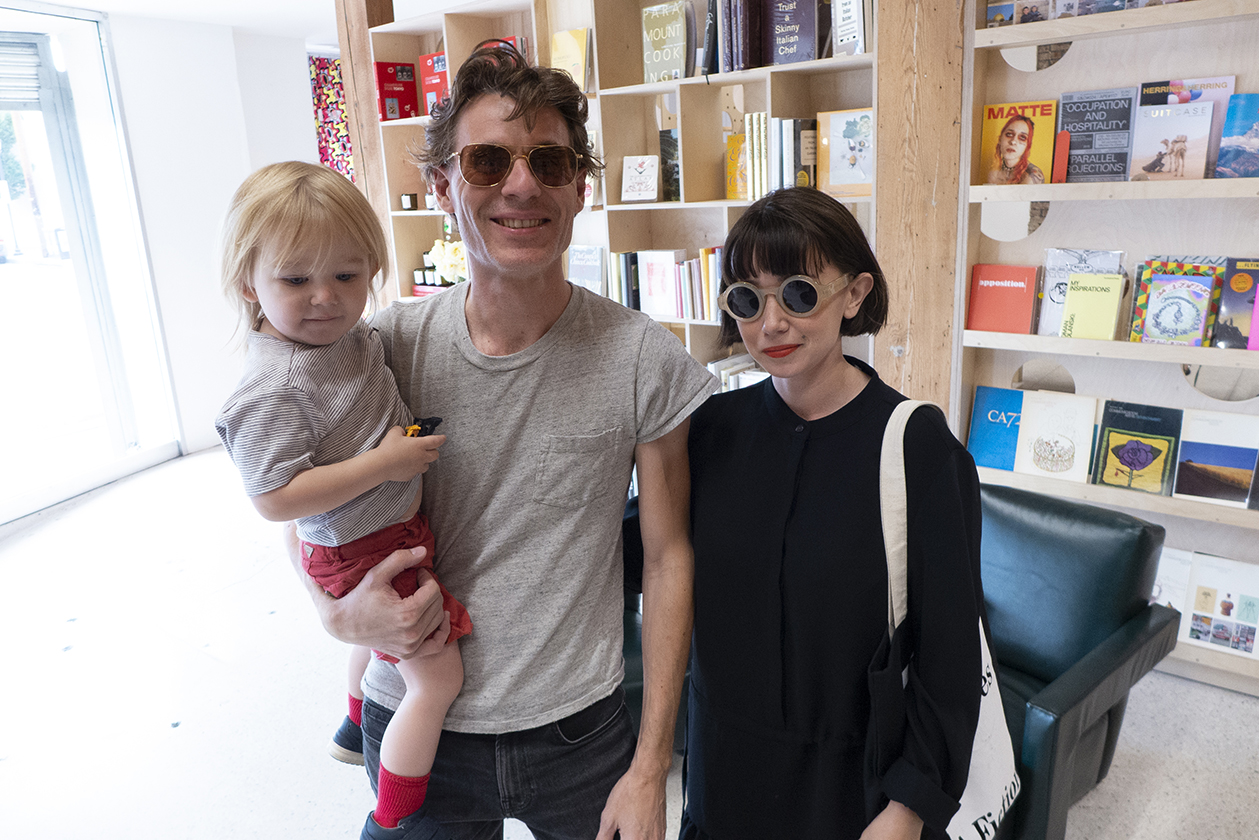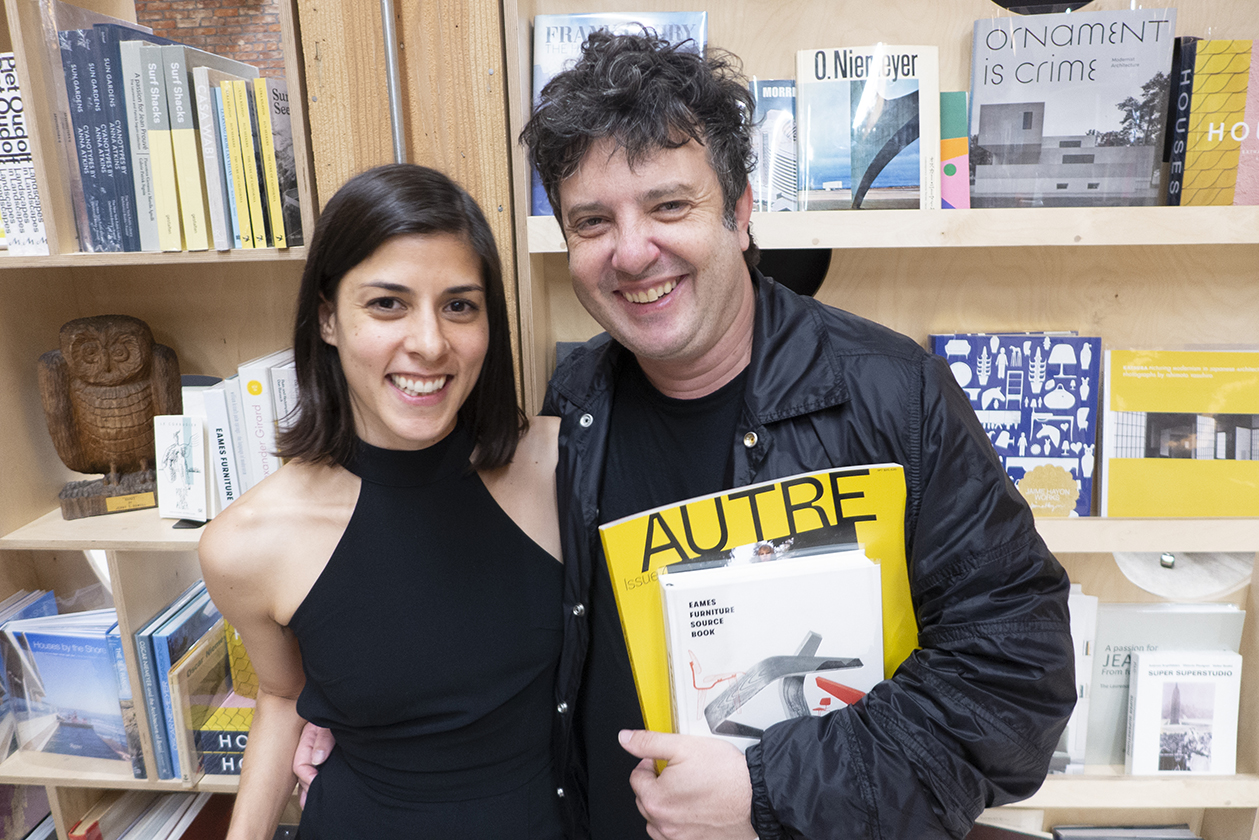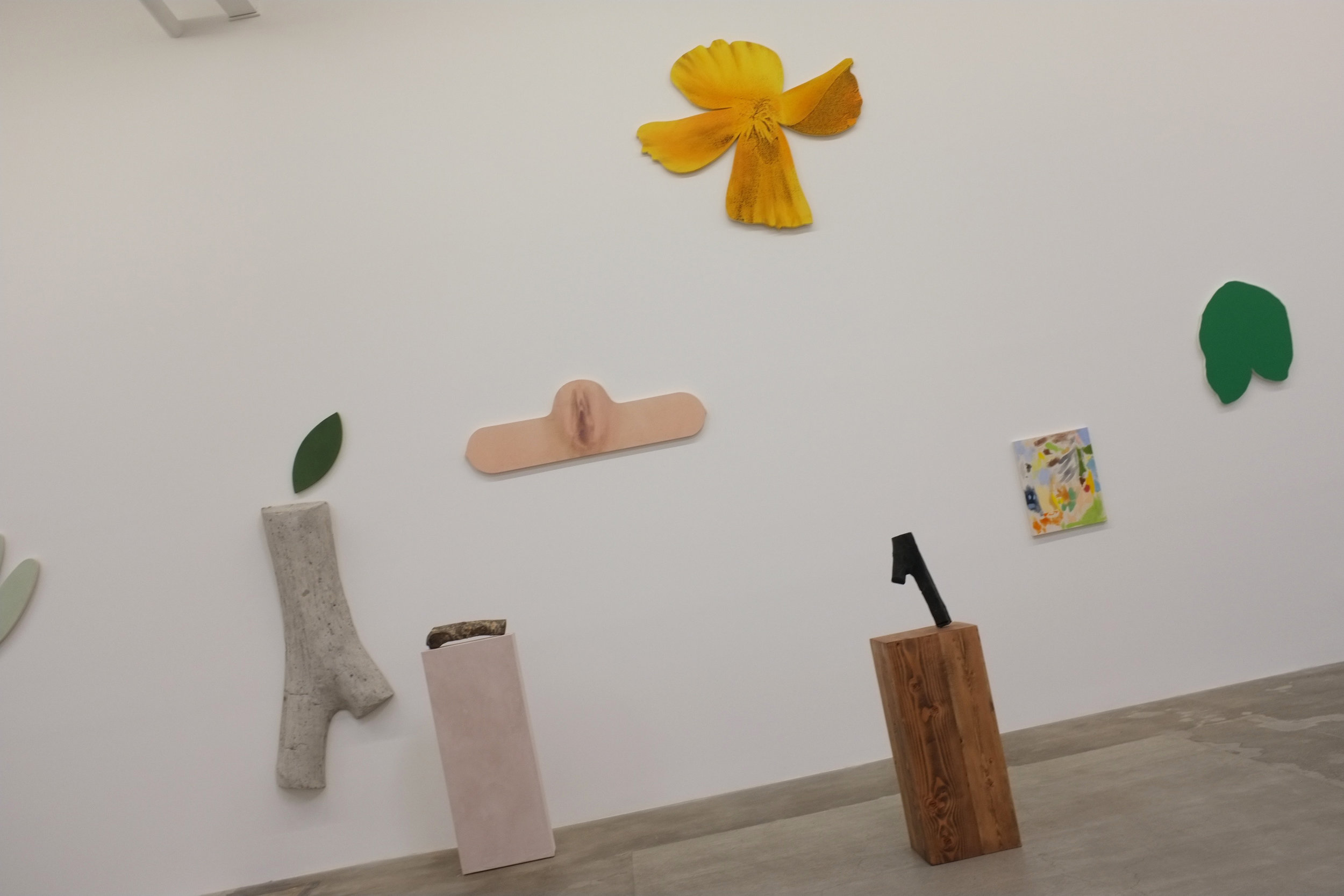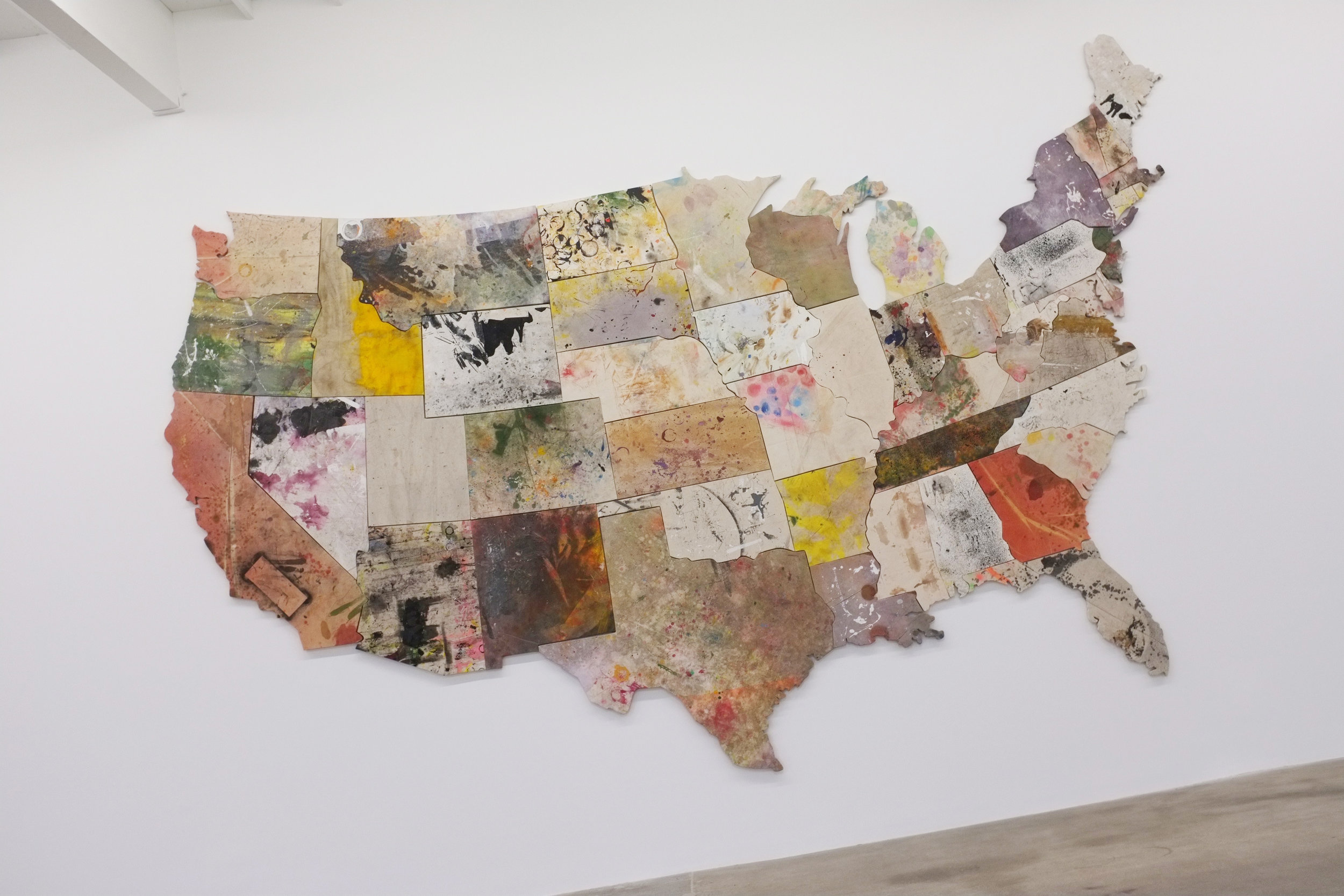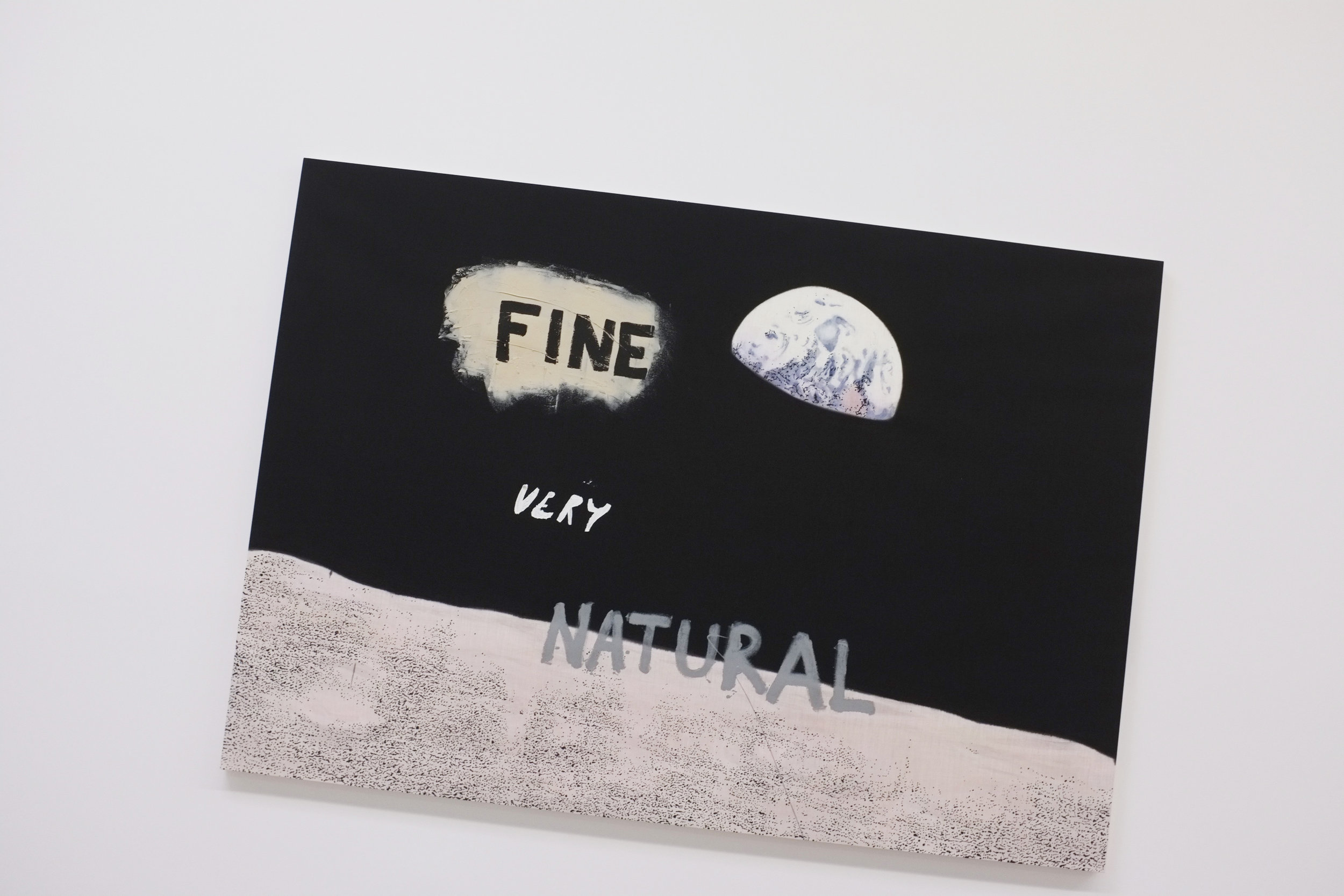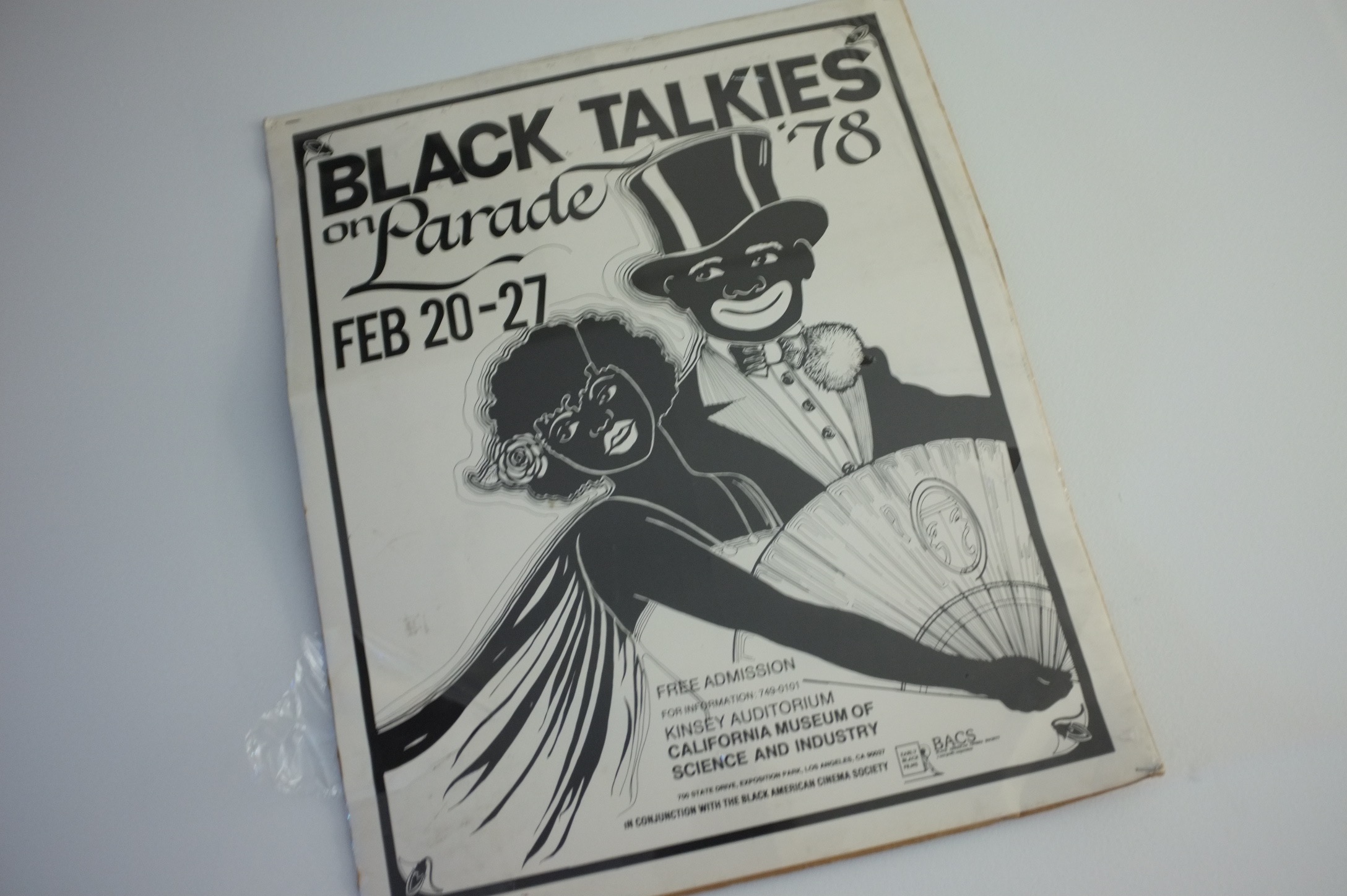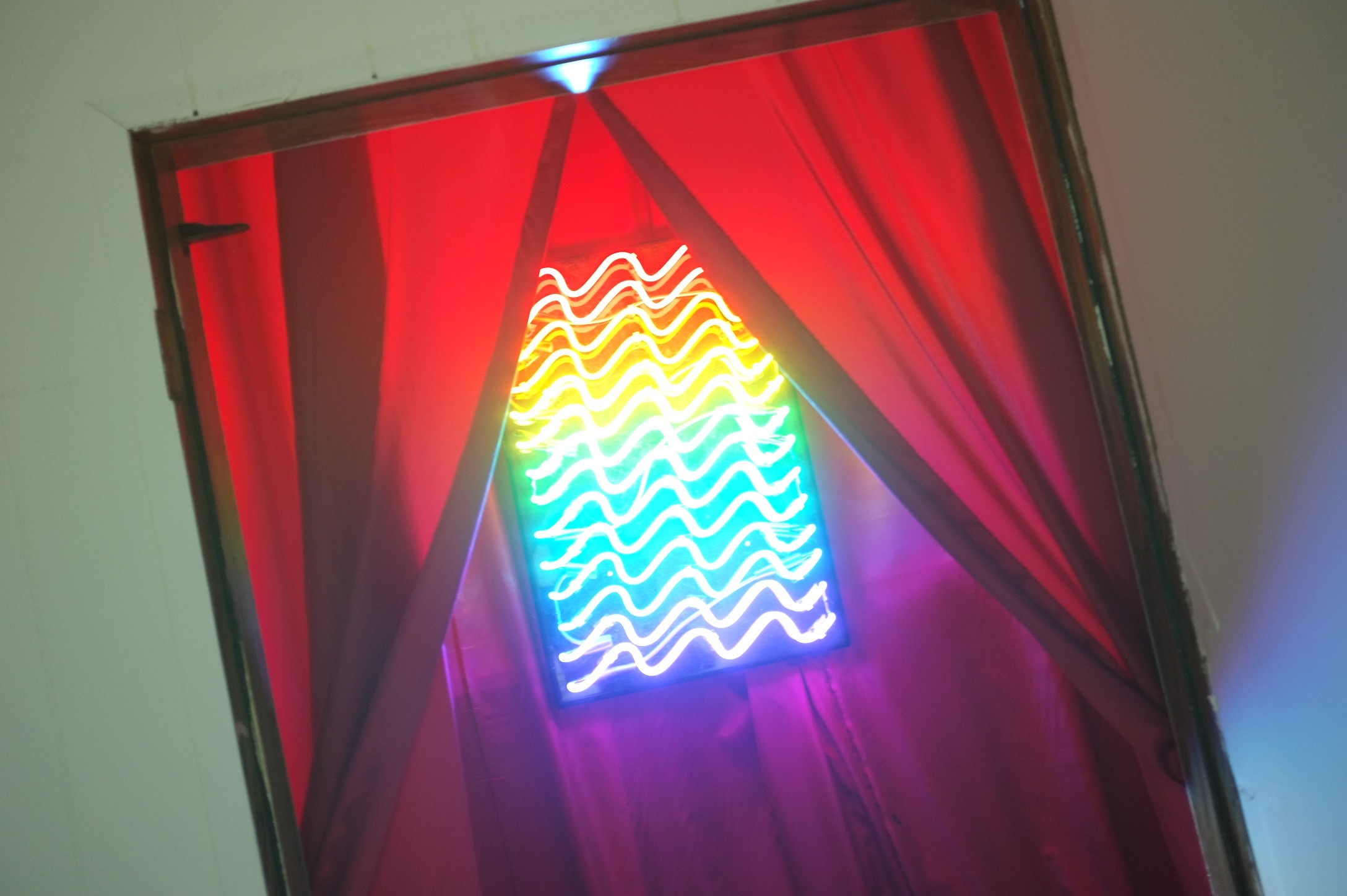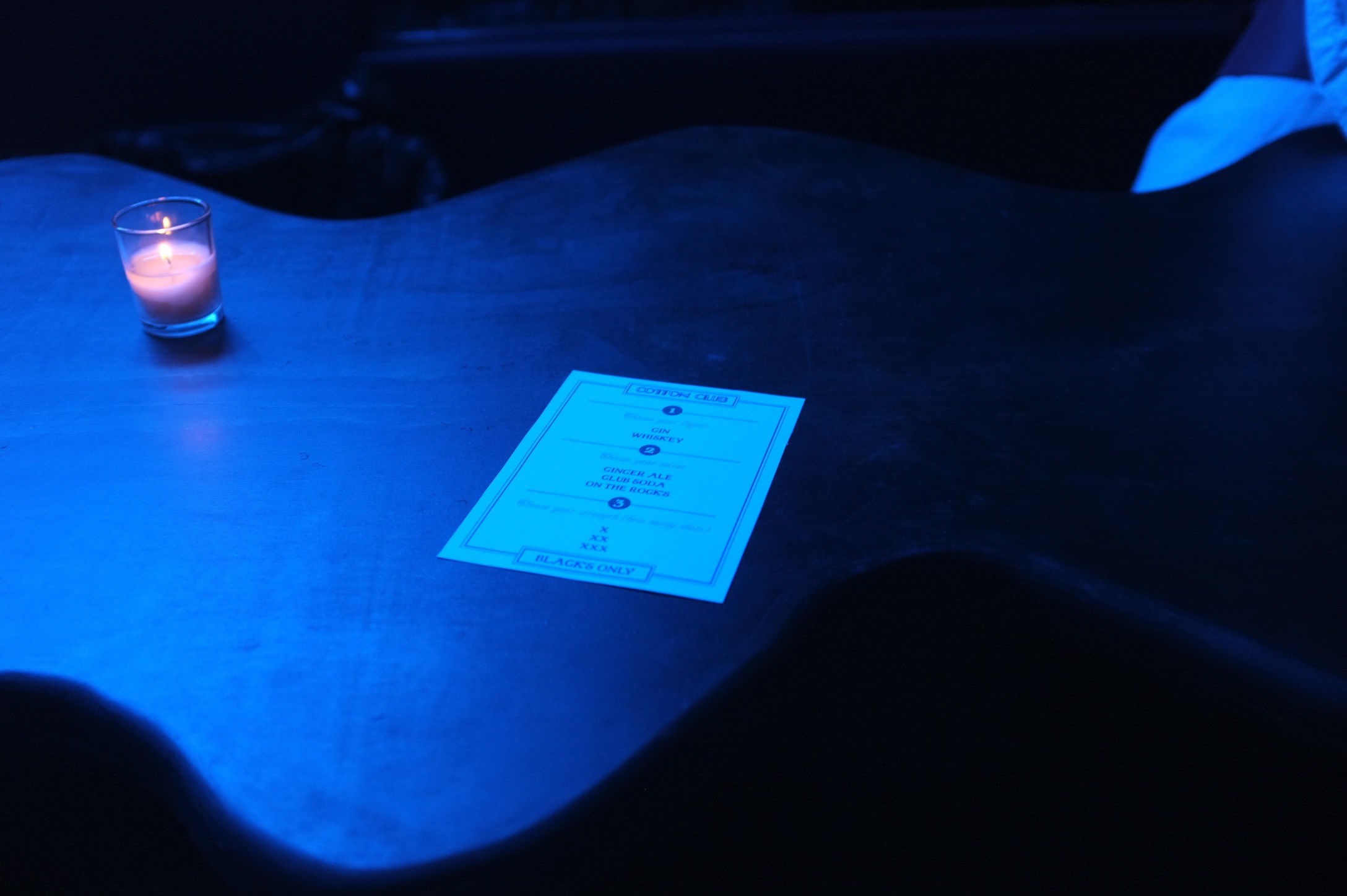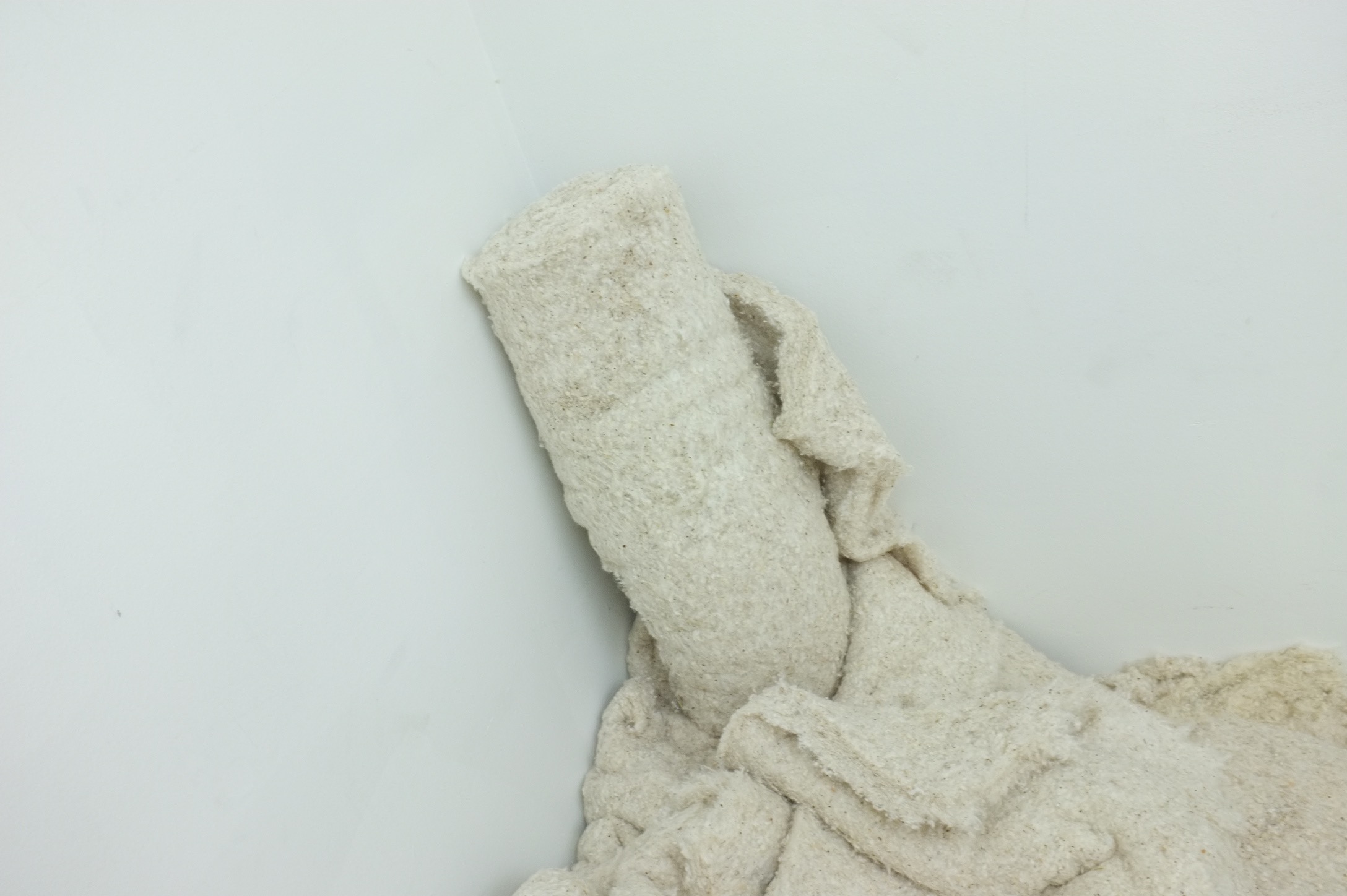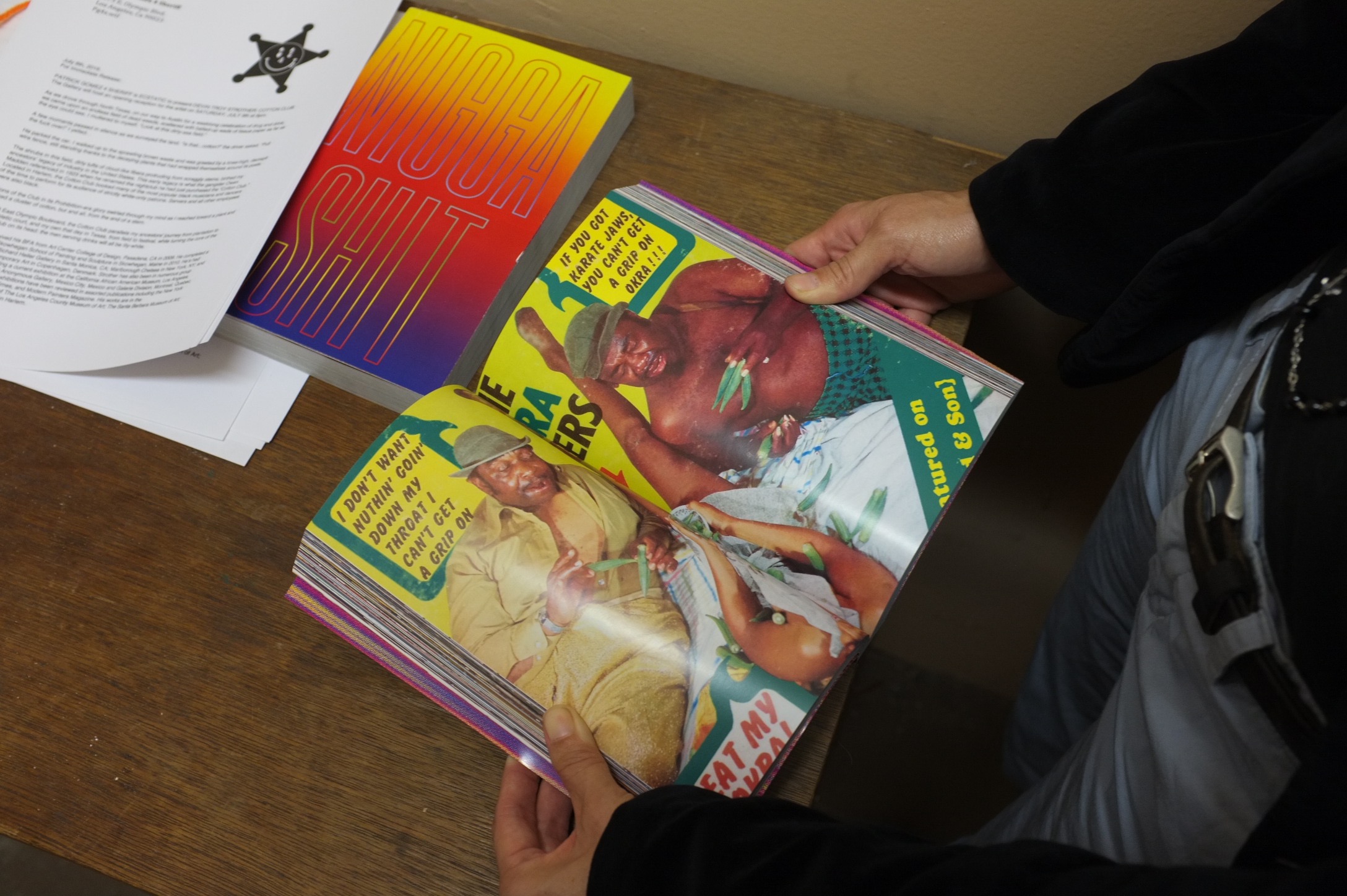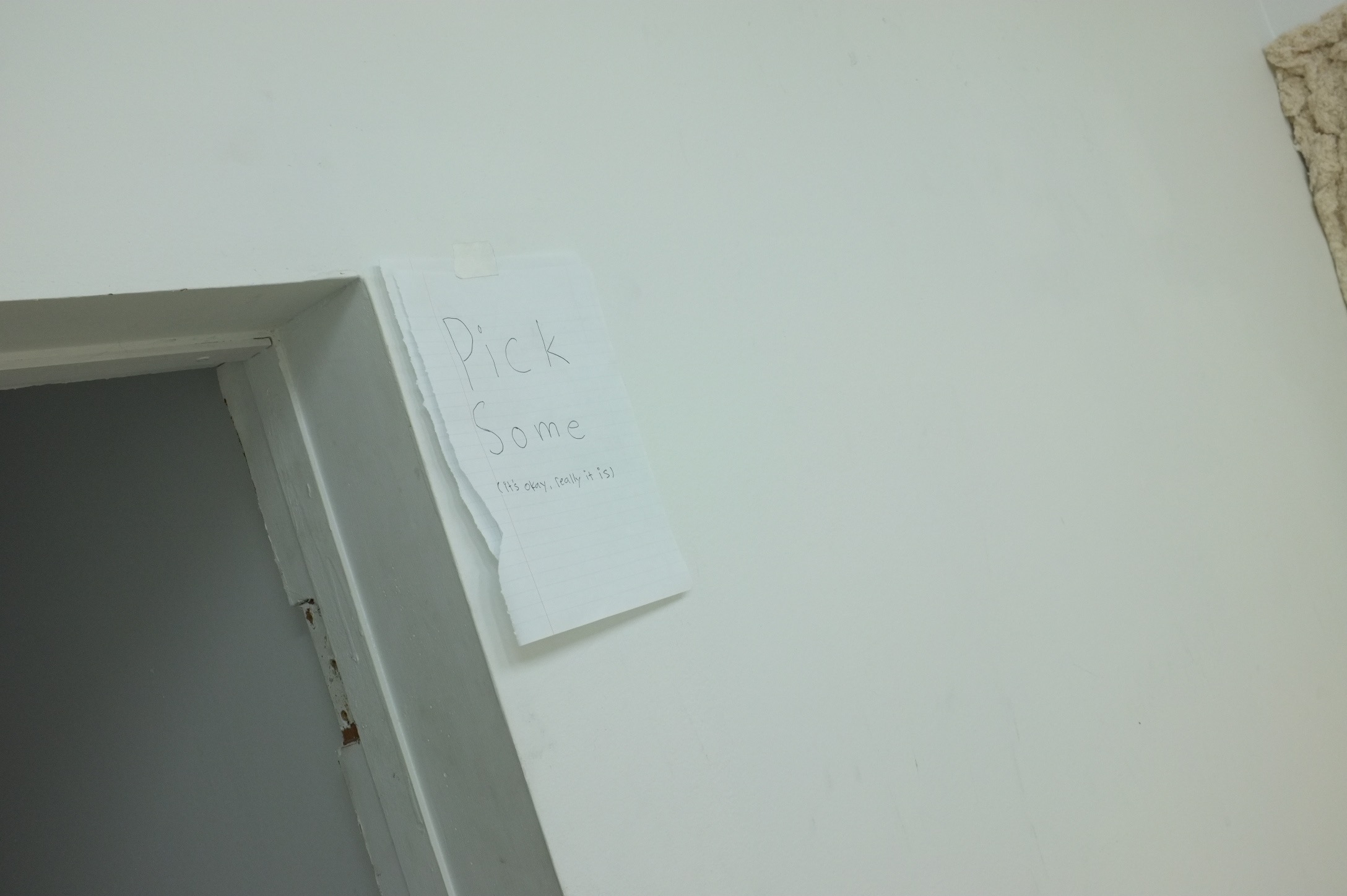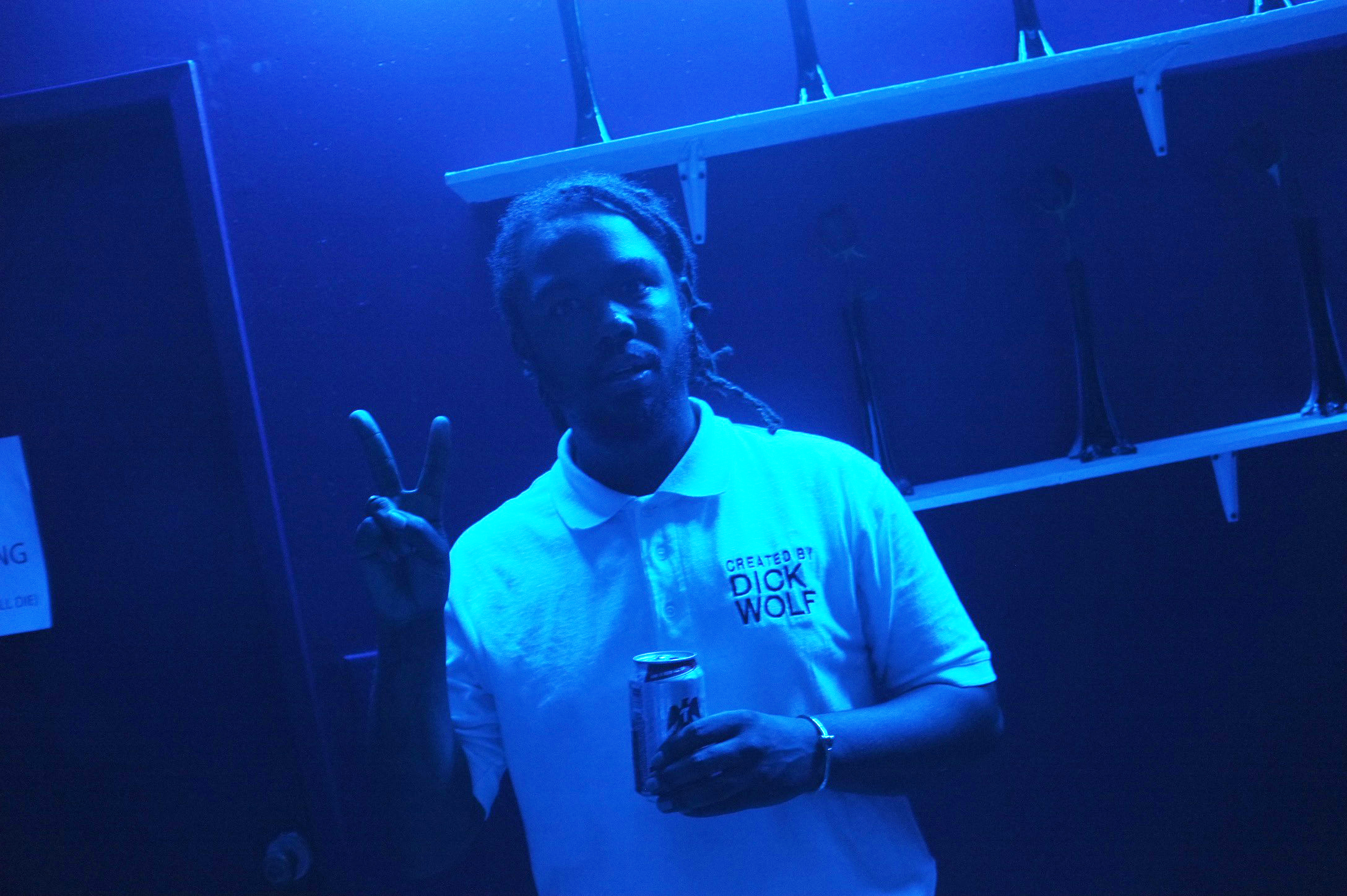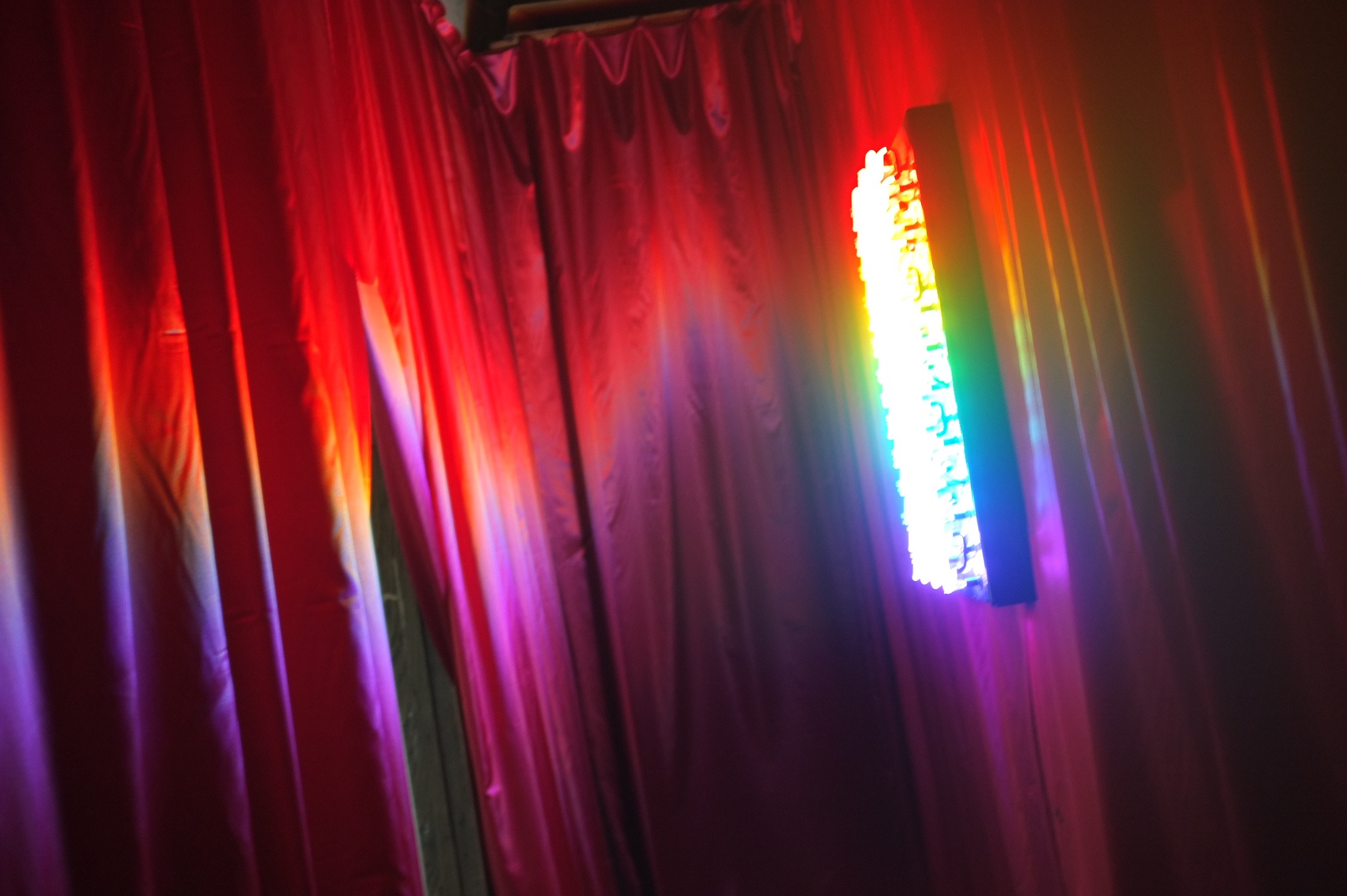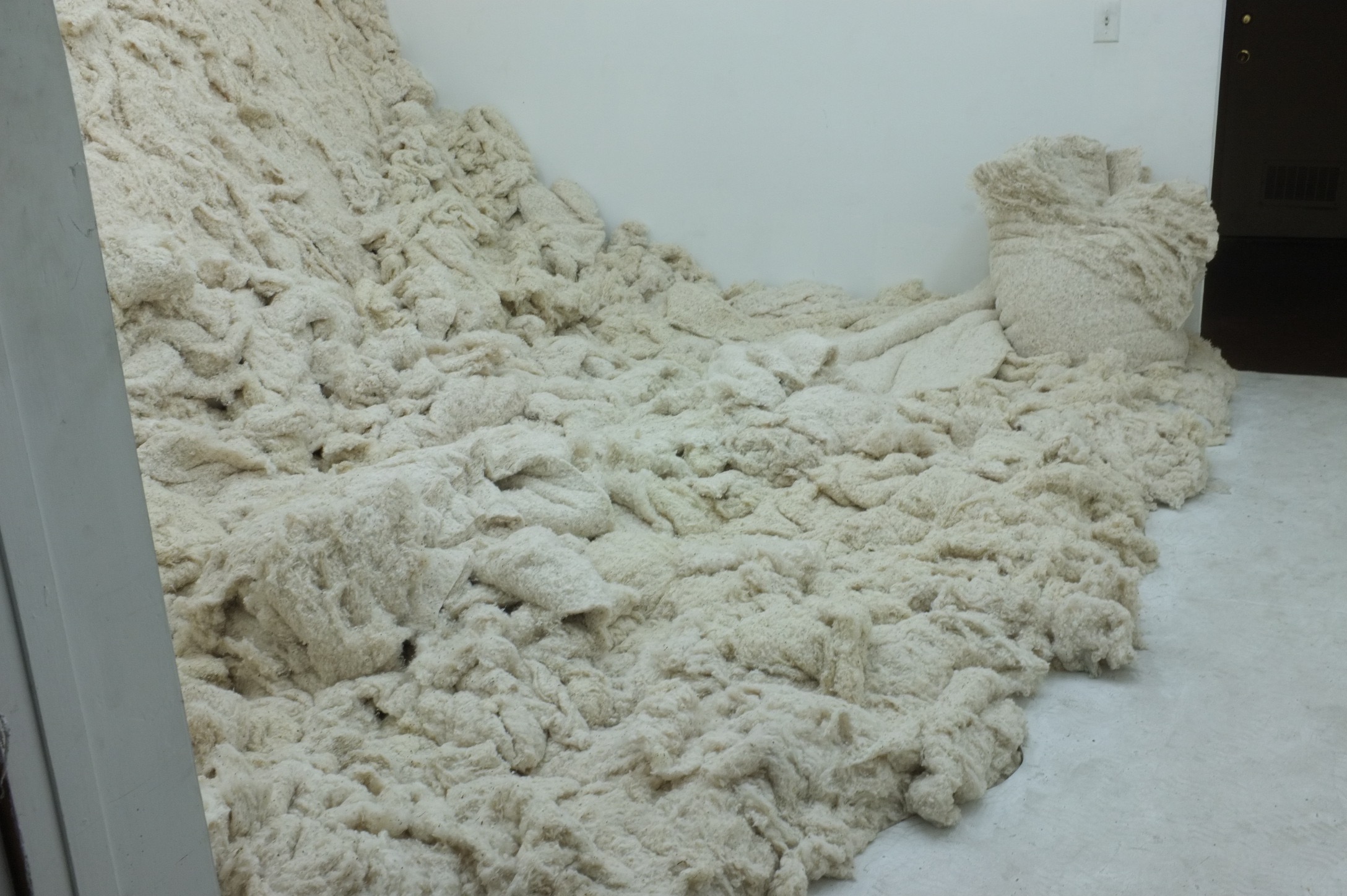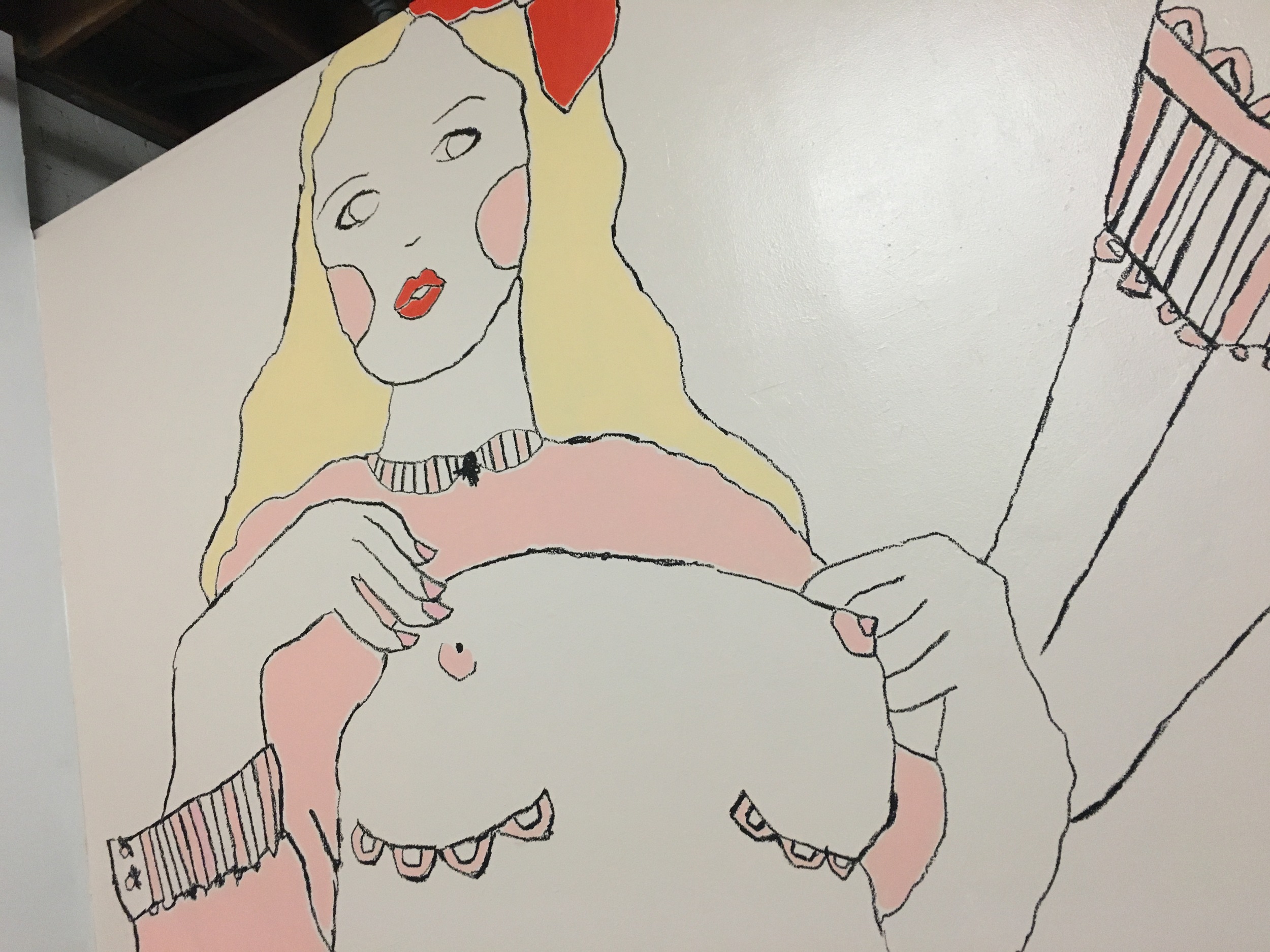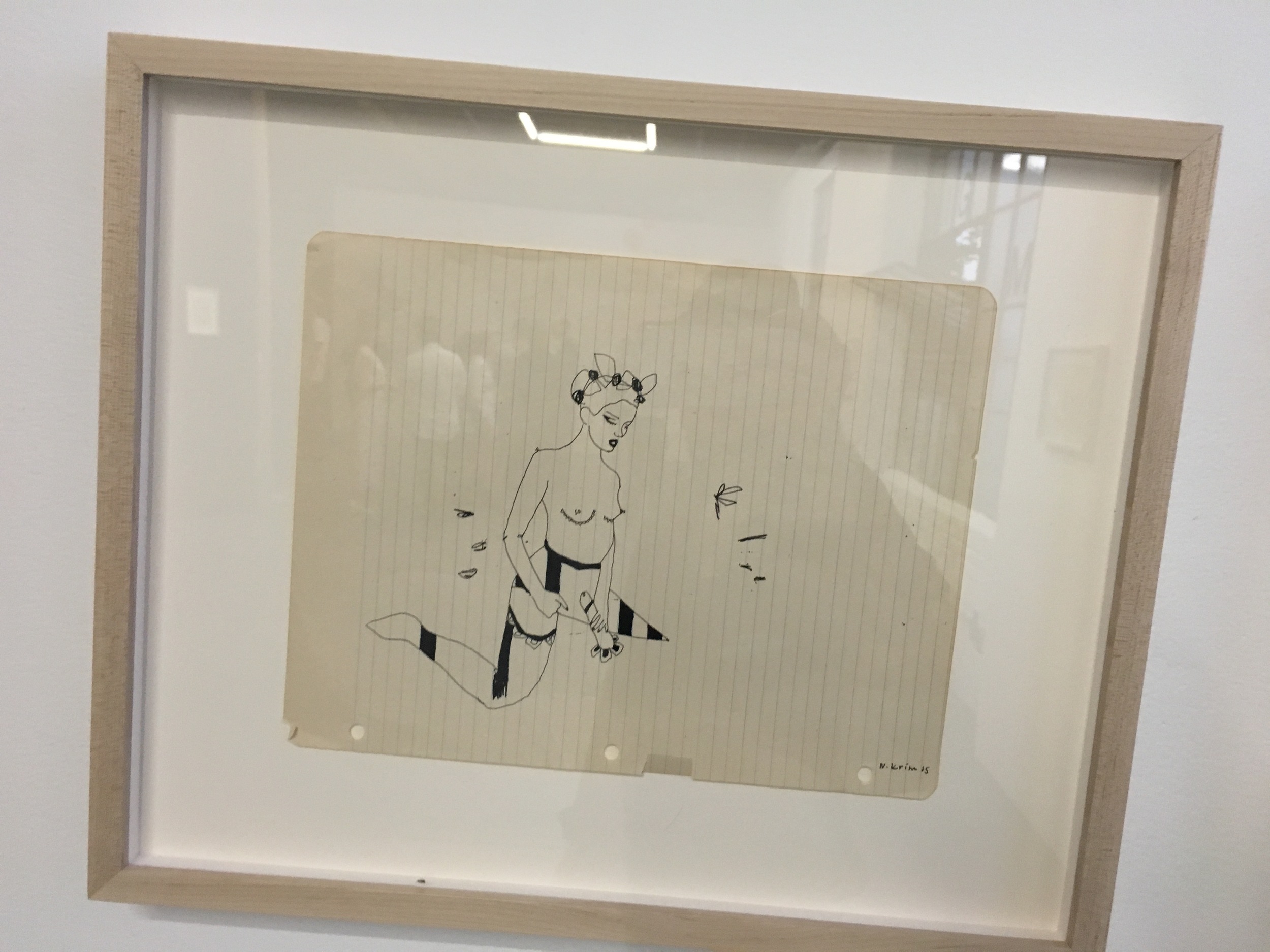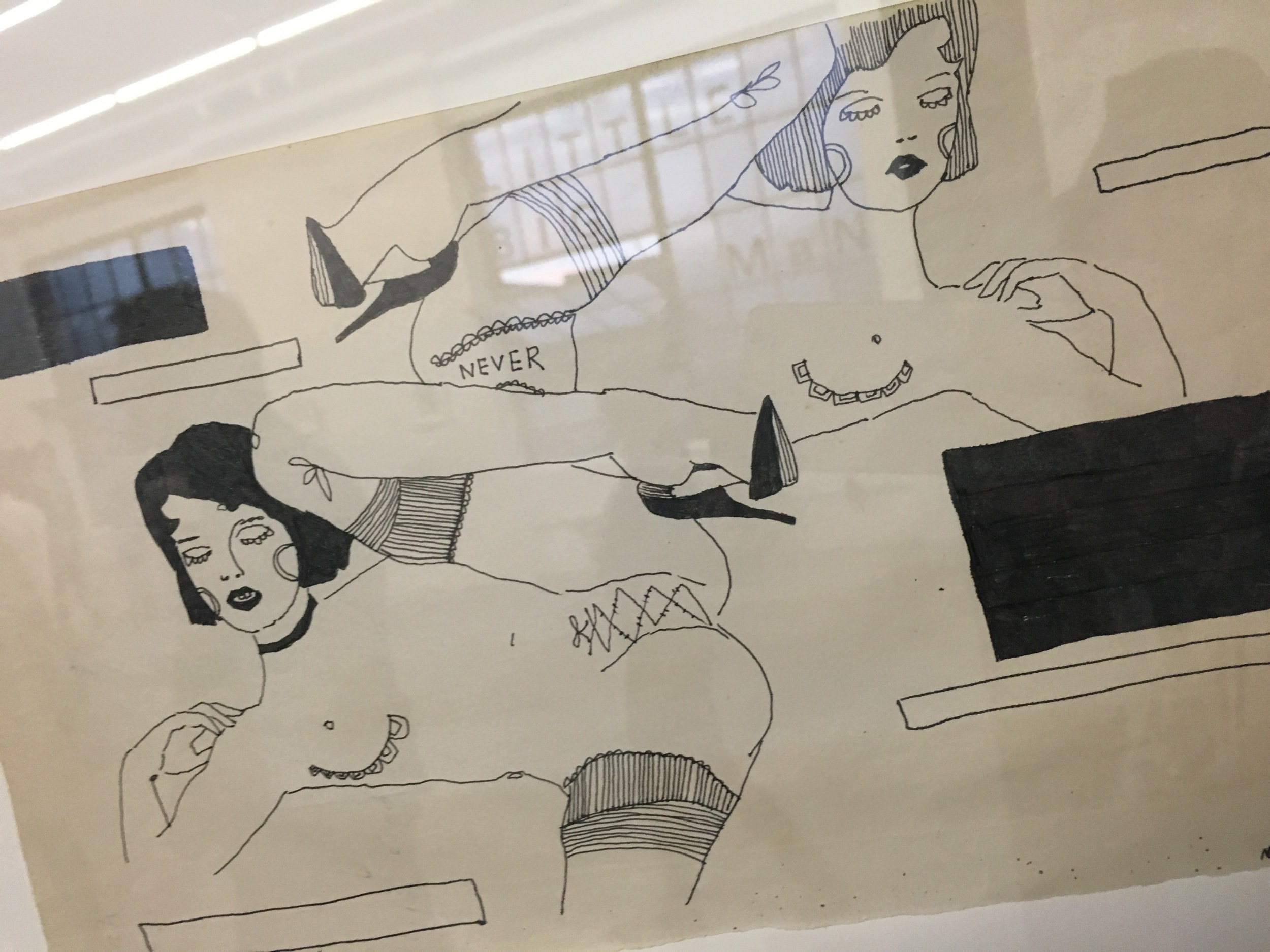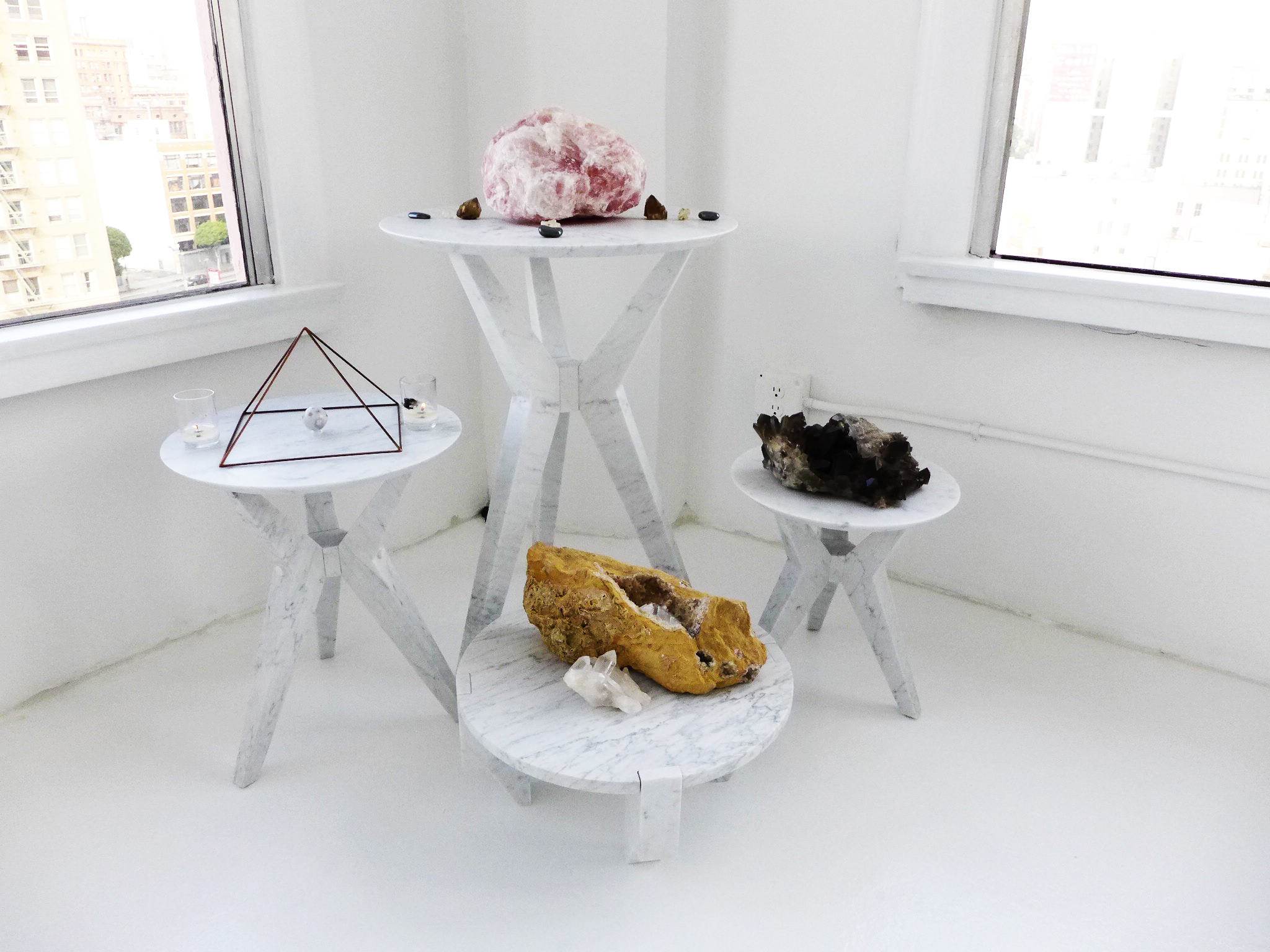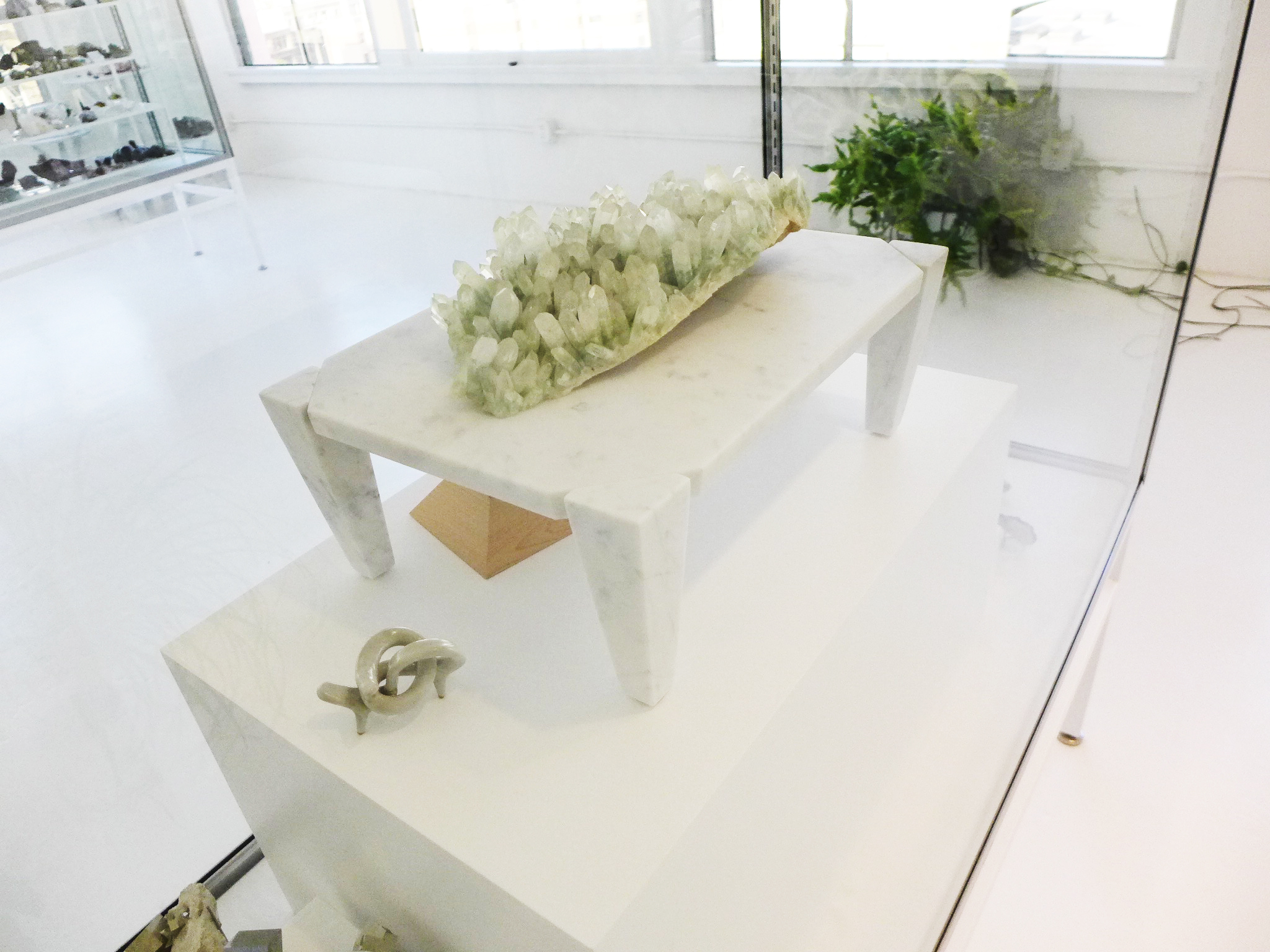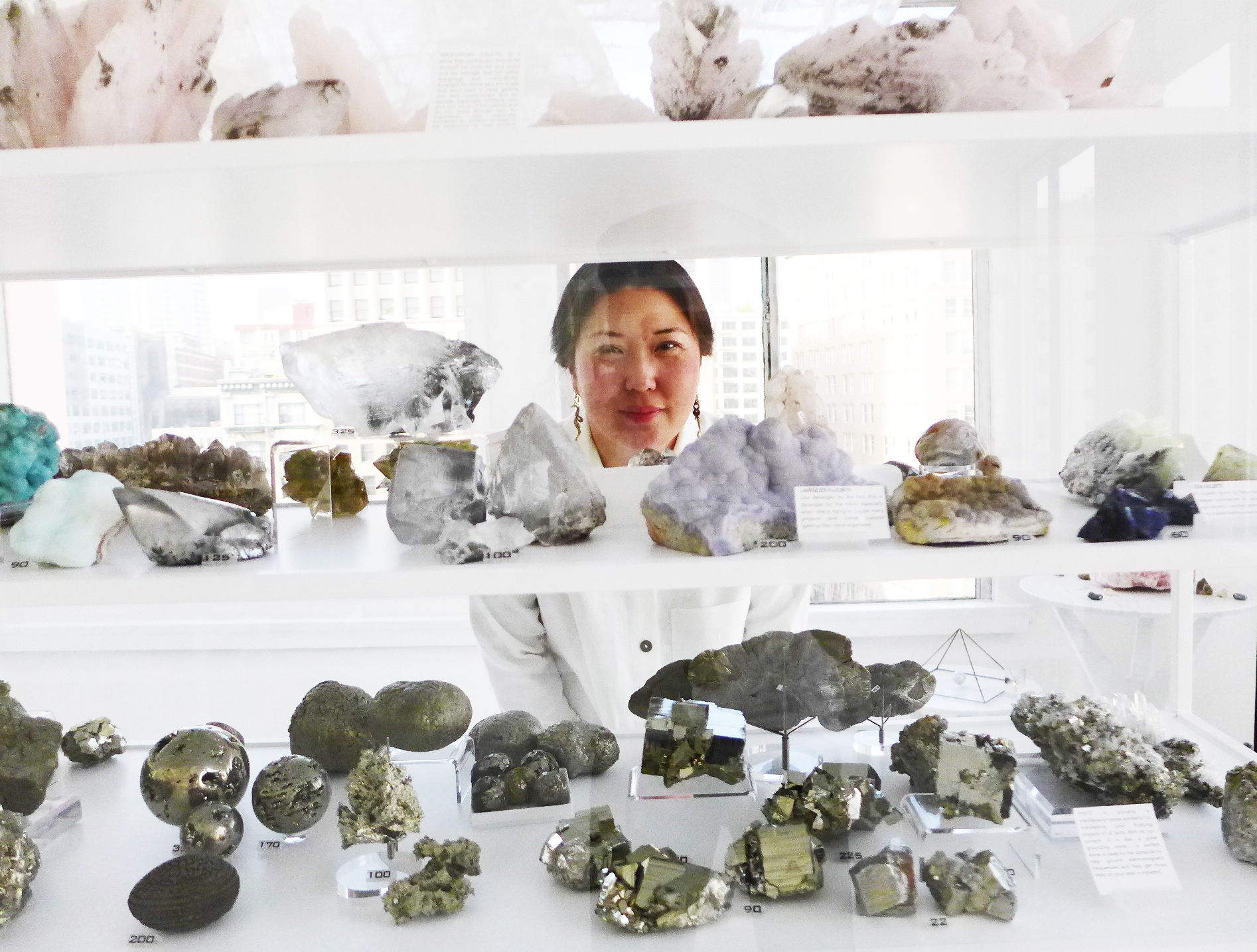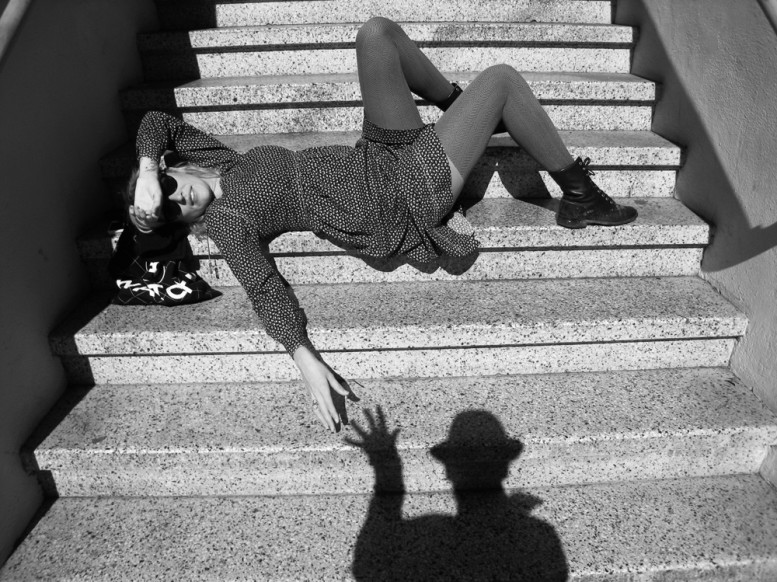text and photographs by Oliver Kupper
This is his house. This is his city. This is Henry’s world. In the earth-shattering career survey of Henry Taylor’s oeuvre at MOCA Grand Ave. in Los Angeles, the artist proves beyond a reasonable doubt that he is one of the most important painters of our generation. Organized thematically, not chronologically, B Side is a tragicomic traversal, a dissection of the artist’s prolific body of work, but also a glorious star-spangled journey into the heart of a racialized America. Like a Max Roach drum solo or a Duke Ellington intro, the survey is an abstract confession of genius in a collective of large, energized paint strokes. There are friends, lovers, family, and humanized portrayals of people living, or more so surviving, on Skid Row. There is Miles Davis and his wife Cicely Tyson outside Obama’s White House—a distinct psychological examination of a "post-racial" America. Black Americana as a speculative exercise in fictional temporalities—the notion of hanging on to a dream like a vertical rock cliff. There is Emperor of Ethiopia, Haile Selassie, in full military regalia with the words ‘Tupac’ and ‘Coffee’—two cultural exports with distinctly colonial and revolutionary implications. There is track and fielder Carl Lewis long jumping past a white picket fence with a prison looming behind him and the word ‘gold’ written in large stenciled lettering. Indeed, a carceral foreboding looms over these paintings as a distinct soliloquy of Black life in America, and the thin blue line pierces through with horrifying consequences. In THE TIMES THAY AINT CHANGING, FAST ENOUGH! (2017), the killing of Philando Castile is captured in stark blocks of color: a body slumped over, arms clutching an invisible bullet wound, a twisted car seat, a white hand holding a 9mm glock. B Side also delivers a vast breadth of rarely seen works, like his sketches made during his ten-year stint working at the Camarillo State Mental Hospital where the likes of Charlie Parker and jazz pianist Phineas Newborn Jr. went to fight their addictions to heroin. There are also painted objects, like cigarettes, cereal boxes, and even a black typewriter case with the words: “I try to be write aint TRY’n to be WHITE.” In the end, you can never demand more, because Henry Taylor gives every part of himself. You are too stunned to flip the record over, so you let the stylus fall into the last groove where it crackles gently, romantically, to the edge of your reverie.
Henry Taylor: B Side is on view through April 30 at MOCA Grand Avenue


